Japan has over 43 prefectures under 8 regions. To date, most tourists seemingly only focus on the regions of Kantō and Kansai where places like Tokyo, Kyoto, and Osaka are found. But if you’re like me who wants to discover the hidden gems of the country, there is a region on the top of my mind that I would highly recommend to you: the Chubu region (中部地方 Chūbu-chihō) — which is also called as Central Japan (中部日本). (Chubu Itinerary)
With over 9 prefectures, Chubu is located between Kanto and Kansai regions in Honshu island; therefore, if you’re making your way to the typical top 3 Japanese cities that I previously mentioned above (often referred to as the ‘Golden Route’), it should not be a problem to make a stopover in Chubu region during your travel itinerary.
After all, with Chubu’s diverse landscapes, there is surely an array of unique activities, food, and attractions that you can find in the region — trust me when I say this because I had the opportunity to explore this area myself and I was simply blown away!
(Love and thanks to the invitation of the various Japanese organizations who have invited me: JTB, Toyama Prefecture, Nagano Prefecture, Gifu Prefecture Tourism Federation, Central Japan International Airport and Hokuriku-Shin’etsu District Transport Bureau).
And so, to give you a head start, I will be detailing below a sample 5-day itinerary across some of the key spots in Chubu or Central Japan. To offer you even more travel ideas, I will also show a section called ‘Extra Days’ that will suggest other regional activities or destinations that you can use as a substitute in case things are not to your fancy. With this, you can easily modify your schedule, such as lengthening or shortening your Chubu trip as dependent on your travel time and travel style.
All in all, I hope this helps make your travel planning easier so that you can make the most of your stay in this off-the-beaten-track destination!
RELATED READ: Sample Japan Itineraries
ChubuTravel Guide
» Quick Travel Planning
– – –
» Best Time to Visit
Any time and any season! May it be spring, summer, autumn, or winter, Central Japan or Chubu has a ton of destinations and experiences that can fill your travel needs. For instance, there are breathtaking sakura or cherry blossom viewing in the spring, great hiking trails in the summer on Kamikochi, picturesque sightseeing rides in autumn at Kurobe Gorge, and exciting ski resorts or attractions in the winter in Niigata or through the Tateyama Kurobe Alpine Route.
- WINTER:
Dec to Feb
- SPRING:
March to May
- SUMMER:
June to Aug
- AUTUMN:
Sept to Nov
– – –
» Getting in to Chubu
By air. You can fly to Tokyo’s Narita Airport and take a shinkansen (bullet train) to any major city in Chubu with a help of a Japan Rail Pass; however, your best choice is to fly in directly to Chubu Centrair International Airport — this is Japan’s 3rd major international gateway that’s located on an artificial island 30 minutes south of Nagoya (the largest city in Chubu). In order to find the best flight deals from your point of origin, I recommend browsing through Skyscanner.
By train. Japan’s railways are well-connected; so if you’re coming from Tokyo, you can easily reach, for instance, Nagano on the Hokuriku Shinkansen or Nagoya on the Tokaido Shinkansen. If your destination is someplace else, just use Google Maps to map out your train route.
– – –
» Visa for Japan
If you’re NOT a citizen of any of Japan’s exempted countries, you are then required to avail of a visa beforehand. (If you’re from the Philippines, you can read my guide on how to get a Japan visa in Manila here.)
- Check full visa requirements here as per your nationality.
– – –
» Where to Stay (Chubu Accommodations)
To search for the best hotel accommodation in Japan at the best prices, I suggest cross-checking hotel prices between Agoda and Booking.com. But if you’re rather interested in renting comfortable houses or apartments, you should search through AirBnB.
– – –
» Japan Currency
Japanese yen (JPY / ¥) wherein ¥100 is equal to about USD $1~ / €0.85~ / Php 45~ (this is as of March 2020). In the event that you want to exchange your money for JPY, I highly advise that you do NOT exchange your money at the airport since the rates there are not competitive.
- How to best exchange your currency? Either exchange it at a bank or at a money exchanger in your home country or in Tokyo’s city center. Better yet, just withdraw from an ATM with your debit/credit card — however, you must do one big withdrawal to minimize fees with your bank. Speaking of cards, a lot of Tokyo’s establishments accept credit cards but it’s always advisable to have cash on hand because a lot of smaller shops do not accept international credit cards.
– – –
» Cost of Travel in Japan
A lot of people have the misconception that Japan is an expensive destination; however, it is totally possible to travel on a budget! Just take note that accommodation rates typically go up during peak season (March to April in Spring and November in Autumn).
To give you an idea, you should expect to travel in Japan with an average daily cost of about USD $45~ per person on a budget, or at least $120~ if you want to experience more comfort on activities, tours, hotels, and more. (Values below show low budget to medium budget ranges).
- Hotels: $25 to $120 USD / day
- Food: $12 to $30 USD / day
- Fun: $5 to $20 USD / day
- Transport: US$1 per subway ride*
*FREE subway and bullet train rides if you hold a Japan Rail Pass
– – –
» How to Get Around Chubu Prefecture
If you won’t be renting a car, it’s highly likely that most of your Chubu itinerary journey (hopping from one city to the next) will be done with either local trains or shinkansen trains. That being said, it helps to avail rail passes beforehand. For such, you can purchase the Japan Rail Pass (JR Pass) which gives you unlimited travel on JR trains nationwide (which is a great deal especially if you’re traveling to places other than Chubu region) — however, if you plan to only concentrate in Chubu itself, check by this page for packaged rail passes in the region.
Personally, I would highly recommend that you buy the Alpine-Takayama-Matsumoto Area Tourist Pass which gives you unlimited rides on JR express trains between Nagoya to Toyama, as well as unlimited use on all transportation within the Tateyama Kurobe Alpine Route for 5 days — which then makes it the PERFECT pass for the itinerary that I will be showing below.
Still and the same, I would recommend using Google Maps for mapping out your day-to-day route because it will show in detail the fastest connections you can do (by walking, by car, by bus, and by train). I use it a lot in my travels and it’s very accurate! You can download areas on the map so you can use it offline, but it’s best to have your own pocket WiFi or SIM Card to stay connected online.
– – –
» Staying Connected in Japan
Japan has one of the fastest internet connections in the world so you’re assured of great connection wherever you go. Hotels and most shops (even convenience stores) offer FREE WiFi connections — but in order to stay connected online at all times during your Japan trip, I recommend getting your own pocket WiFi or a SIM Card.
– – –
» Safety in Japan
Japan is one of the safest countries in the world with very low crime rates. I have been traveling solo to this country many times now and I have never felt unsafe even in the late hours of the night — however, this is NO excuse to get too complacent. ‘Little crime’ does not mean ‘no crime’, so stay vigilant and be “street smart” by using your common sense at all times.
Nevertheless, the Japanese people are one of the kindest and most respectful people I have ever met, so solo travelers don’t have much to worry in this amazing country.
– – –
» Helpful Japanese Phrases
Japan may be one of the most developed countries in the world, but a lot of the locals don’t speak English. However, this should not discourage you from traveling to this country because apart from the fact that there are a lot of translation apps that will help you understand and speak Japanese, a lot of the locals are also making the effort to learn and use the English language.
- RELATED READ: Best translation apps for travel
Anyhow, below are some helpful Japanese phrases that will help you along the way! And even if you do encounter a Japanese who can speak English, it doesn’t hurt to say a word or two in their language.
Hello: Konnichiwa (Kohn-nee-chee-wah)
Thank you (normal): Arigatō. (Ah-REE-gah-tohh)
Thank you (less formal): Arigatō gozaimas (Ah-REE-gah-tohh goh-zahy-mahs)
Thank you (informal): Dōmo (DOHH-moh)
Yes: Hai (Hai)
No: Iie (E-eh)
Goodbye (long term): Sayōnara (Sah-yohh-nah-rah)
Goodbye (informal): Ja ne (Jahh neh)
Excuse me: Sumimasen (Soo-mee-mah-SEN)
I’m sorry: Gomen nasai (Goh-men-nah-sahy)
Is there someone here who speaks English?: Dareka eigo ga hanasemasu ka? (Dah-reh-kah ey-goh gah hah-nah-seh-mahs kah?)
Help!: Tasukete! (Tahs-keh-teh!)
Cheers!: Kanpai! (Kan-pie!)
• • •
Chubu Itinerary
Before I begin with the itinerary guide, if in case you’re more of a video person, you can already watch my Youtube travel vlog below to get a ‘ brief peek’ into the Chubu itinerary that I did!
NOTE: The following section is in a tabbed format; so, in order to see the next day’s contents, just click the headings below. Also, take note that the 5-day Chubu itinerary below does not take into account your arrival day — at any rate, if you’re staying longer in the region, you can make use of the last tab called ‘Extra Days’ to see the other activities or trips you can do for filling up the rest of your vacation days.
Touchdown to Nagoya and Gujo City
Nagoya, the largest city in the Chubu region, was my starting point for this journey — and it will be my end point by the end of this 5-day trip. It helps to note that I first arrived in the area by flying in to Chubu Centrair International Airport.
From there, it’s very easy to reach the city by riding 2 trains: Meitetsu-Limited Express and then Meijo Line (both takes about an hour in total at a price that starts from ¥1,410.)
◘◘ Explore the dynamic city of Nagoya
Nagoya is predominantly a manufacturing and shopping hub in Honshu. With that, some would notice the lack of ample historical buildings in the area… and well, that’s mainly because most of them were destroyed in the air raids back in 1945.
Nevertheless, the city still has SO much to offer to its visitors and the #1 attraction that should come to your mind for your Chubu itinerary is the towering presence of Nagoya Castle which also becomes a spectacular hanami (sakura or cherry blossom watching points) in the spring. Other notable sights in the city would be:
- Railway Museum: featuring the advances in Japan transportation like world-record-setting experimental shinkansen and more
- Atsuta Shrine: one of the Shinto faith’s most important shrines because it has the Sun Goddess, Amaterasu, as well as one of the 3 imperial regalias, the sacred sword Kusanagi.
- Korankei: a valley near the city which is a terrific place to visit during the autumn season.
- Toyota sights: as Japan’s leading manufacturer, Toyota has its headquarters in Nagoya and they have various areas in the city where you can either do plant tours or museum visits.
- Nagoya City Science Museum: houses the world’s largest planetariums.
If staying in Nagoya for a long time for your Chubu itinerary, I would recommend the following:
Budget: Fushimi Mont-Blanc Hotel / Mid-Range: Hotel SunRoute Plaza Nagoya or AirBnB / Luxury: Nagoya Marriott Associa Hotel
Fun tours in Nagoya?
Come and check out this list of the top tours in Nagoya which features the best activities to do in the city!
– – –
◘◘ Walk around Gujo Hachiman’s highlights & try your hands at making Japan’s famous sampuru
Gujo Hachiman is a charming old castle town that’s actually famous for its food and dishes called as ‘sampuru‘. And well… these are actually inedible and they are those fake food or food replicas that you usually see in front displays of Japanese restaurants. It is said that 80% of Japan’s sampuru are made in Gujo; and because of this, there are workshops in town where you can try your hands on making your own. If you want to experience this unique activity, head over to my guide…
READ:Making Unique ‘Sampuru’ in Japan’s Fake Food Capital: Gujo Hachiman!
- TIP: For a hassle-free experience you can take a trip to this location from Osaka with this day tour (that also makes stops to Shirakawa-go and Lake Biwa!
Once you’re done with making sampuru, you can explore the rest of Gujo’s sights for your Chubu itinerary such as: Sogisui Source (to witness Gujo’s famous water system), Jionzenji Temple (a Zen temple with a beautiful Tetsuso-en Zen garden), Hachiman Castle (with a gorgeous hilltop location), and so much more!
For a complete travel guide on things to do in Gujo:
READ:Top 10 Things to Do in Gujo Hachiman City (Gifu, Japan)
– – –
◘◘ Visit Bokka no Sato
This is basically a picturesque farming theme park that provides its visitors with an array of hands-on experiences such as dairy farming, horse riding, milking of cows, baking bread, and so much more! You can also witness their vast 4.5-hectare flower gardens in full bloom during Green Season which is from mid-April to mid-November. But just take note: tulips are in the spring, lavender in the summer, and cosmos in autumn.
While you’re here for your Chubu itinerary and you eventually finished admiring the fields and the animals, you can refresh yourself in their open-air onsen (hot spring) facility called Makihana.
WEBSITE: https://www.bokka.co.jp/en.php
ADDRESS: 2756-2 Takasucho Washimi, Gujo-shi, Gifu
ADMISSION: without onsen = ¥1,130 for adults, ¥930 for junior and high school students, and ¥610 for 4-year-olds to elementary students
DIRECTIONS: From Gujo-Hachiman train station, ride the Nagaragawa Tetsudo (heading to 各停 Mino-Shirotori) and then get off at Mino-Shirotori Station. You can then take a taxi to Bokka no Sato which will take about 30 minutes.
– – –
◘◘ Travel to Takayama City and check-in to Hida Hotel Plaza
To get to Takayama, check the transportation route that you’ll have to take on Google Maps (fastest is to go by bus with Nohi Bus, Meitetsu Bus, and JR Tokai Bus). Once in Hida Hotel Plaza, enjoy a delightful dinner meal in one of the hotel’s restaurants (you should absolutely try Hida beef). Afterward, you can enjoy the hotel’s amazing hot springs.
For other accommodation options — Budget: J-Hoppers Hida Takayama Guest House / Mid-Range: Best Western Hotel Takayama or AirBnB / Luxury: Honjin Hiranoya Kachoan
All about Takayama, Shirakawa, and Tonami
This day of your Chubu itinerary is all about old places and natural spots that are brimming with history and beauty; therefore, do make sure that you wear comfortable shoes and that you ready your camera!
◘◘ Enjoy the picturesque old streets and markets of Takayama City
If you’re looking for a thoroughly old and authentic traditional village, stepping in to Takayama is a must. When I was strolling through this city’s Old Town, I truly felt like I was walking through Kyoto — but unlike Kyoto that is dominantly a modern city, Takayama rather retains its traditional touch. In fact, there are buildings here that date back to the Edo period (200 to 300 years ago) which all still remained intact. Some of my favorite places are:
- Sannomachi: this is the southern part of the Old Town where Edo period houses still exist. Due to its unique beauty and history, this area has become a protected sector by the Japanese government. Anyhow, as you go around, you will find several merchant houses that sell anything from food, sake (rice wine), miso (Japanese seasoning) and more. If I may share a tip, please make sure to try the Hida beef buns at Gyuman Kihachiro (喜八郎)!
- Morning Market: this market started more than 300 years ago and there are a ton of shops that sell unique products and ingredients daily. It typically starts at 7:00AM up till noon and you can find them at 2 spots: Jinya-mae Market in front of the Takayama Jinya, and the Miyagawa Market along the Miyagawa River in the Old Town.
- Hida Folk Village (Hida no Sato): this is an open-air museum that is a 30-minute walk away from the city (or a 10-minute bus ride from Takayama Station via Sarubobo Bus for ¥210 per ride). You can find over 30 traditional houses here from the Edo Period that are still being carefully preserved today.
Read more about my Takayama explorations here:
– – –
◘◘ Travel to the UNESCO World Heritage Site of Shirakawa-gō
Lying beside the Shogawa River Valley in the remote mountains of Toyama prefecture are the UNESCO World Heritage Sites of Shirakawa-go (白川郷, Shirakawagō) and the neighboring Gokayama (五箇山) village. Both of these places are famous worldwide for their traditional gassho-zukuri style farmhouses that are styled like “hands in prayer”.
It’s said that some of the houses in these villages are over 250 years old and that the best way to experience the town is to stay overnight at one of the farmhouses. In the end, we didn’t manage to stay a night, but we did have a free schedule for the day. Henceforth, we opted to go to Ogimachi (Shirakawa-go’s largest village and main attraction) mainly because it was easier to access than Gokayama.
We also wanted to see the inside of a typical gassho-zukuri farmhouse, so we made a stopover for our Chubu itinerary at Wada House (entrance fee at ¥300 for adults and ¥150 for children) where such is possible.
Wanna tour to Shirakawa-go?
You can join the following trips below:
Day trip from Nagoya
2-Day tour to Shirakawa-Go from Osaka
Learn more about Shirakawa-go here:
READ: Discover the Historic Villages of Shirakawa-gō and Gokayama in Japan
WEBSITE: https://www.vill.shirakawa.lg.jp/en/
DIRECTIONS: From Takayama, you can take a regular bus that takes 50 minutes and costs about ¥2,450 (round trip at ¥4,420). To see the timetables, see here. You can also go by English-guided tour buses and you can do so by choosing either iSite Takayama or Nohi Bus (costs start at ¥4,400 roundtrip).
– – –
◘◘ Stop by Tonami and experience the Shogawa Pleasure Boat
This is a 1-hour lake cruise that travels from the Komaki Dam to the Omaki Spa in the Shogawa River valley. I highly recommend doing this leisurely cruise on your way to Kurobe area especially when it’s spring, autumn, and winter season because it’s the BEST time for witnessing the surrounding landscape’s stunning beauty!
WEBSITE: https://foreign.info-toyama.com/en/spot/
ADMISSION: 1-hour rides are at ¥2,800 for adults and ¥1,400 for children. For shorter cruises, it’s at ¥1,000 for adults and ¥500 for children.
DIRECTIONS: Address is at = Japan, 〒932-0304 Toyama Prefecture, Tonami, 庄川町小牧27, and it’s best reached by car or taxi from Takaoka City (about less than an hour).
– – –
◘◘ Be enamoured by the colorful flowers in Tonami Tulip Gallery
This is arguably the only place in the world where you can find tulips growing all-year-round due to the technology that the establishment has developed. I’m so glad they discovered such a technique because when I stepped inside the gallery, it was a wonderful surprise when I found their Wonder Garden that was full of blooming colored tulips!After all, it wasn’t the season anymore for tulips when I visited.
Nevertheless, as you go further in, you’ll also find the ‘Under Farm’ section where there are more exhibits that explain the history and research of these colorful flowers.
TIP: For your Chubu itinerary, visit sometime around late-April to early-May and you can be a part of the famous Tonami Tulip Fair wherein the nearby park will transform into a wonderland that’s filled with varying set-ups of tulip flowerbeds (and even a wall of tulips)! …And oh, make sure to try their Tulip ice cream too when you visit.
To learn more about this place, read:
READ: Tonami Tulip Gallery: Where Tulips Bloom All Year Round!
WEBSITE: https://www.tulipfair.or.jp/en/
ADMISSION: for the gallery, ¥300 for adults and ¥150 for children. For the Tulip Fair, ¥1,000 for adults and ¥300 for children
DIRECTIONS: If coming from Takaoka Station, ride the Johana Line heading to Johana and then stop at Tonami Station. From there, the Tulip Gallery is just a 10-minute walk away.
– – –
◘◘ Travel to Kurobe City and check-in to Unadaki Suginoi Hotel
From Tonami Station, ride the Johana Line heading to Takaoka. Get off at Takaoka Station and ride the Ainokazetoyama Tetsudo line heading to the direction of Tomari. Stop at Kurobe Station and then check in to Unadaki Suginoi Hotel.
Other accommodation options in Kurobe are:
Budget: Green Hotel Kisen / Mid-Range: Entaijiso or AirBnB / Luxury: Ryokan Enraku
Exploring the Cities of Kurobe, Imizu, Takaoka and Toyama
This will be more of a relaxing day in your Chubu itinerary as you go through several cities in order to eventually arrive at Toyama.
Now of course, once you go through the itinerary below, it’s understandable that some activities would not be up to your fancy, so feel free to substitute them with other Chubu destinations as discussed under the tab ‘Extra Days’ later on in this post.
◘◘ Ride the sightseeing train: Kurobe Gorge
The Hida Mountains or the Northern Alps are one of the finest when it comes to natural beauty in Japan’s Chubu, so if you ride the Kurobe Gorge sightseeing train, you’ll surely be witnessing the best of such mountainous landscapes!
A bit of trivia: this railway was built to originally aid the construction of the Kurobe Dam; but today, it has become an 80-minute journey through Japan’s deepest gorge (narrow valley between mountains) that leads you through wonderful panoramic views, bridges, and tunnels. Take note that there are several stations that you can stop at, and they are…
- Unazuki: this is the departure station in Kurobe Gorge. Before you get on the train, you can explore some parts of the town such as the quaint Tochinoyu (a small public onsen), the great view over Shin Yamabiko Bridge (the red bridge that marks the entrance to Kurobe Gorge), a few museums (Selene Museum of Art documenting the surrounding nature and Kurobe River Electic Memorial Hall featuring the history of electricity production in Kurobe River), and several walking trails to the direction of the gorge.
- Kuronagi: this station offers marvelous views over the blue Atobiki Bridge. If you walk for 20 minutes away from the station, you’ll reach the Kuronagi Onsen ryokan (Japanese traditional inn).
- Kanetsuri: you will find a riverside onsen bath just down the trail from this station as well as a semi-permanent snowbank called Mannen Yuki. The snow there can often pile so deep that it can last through summer!
- Keyakidaira: this last station has a lot of amazing spots namely Sarutobikyo Gorge (a gorge cutting into a rock by the Kurobe river), Okukane Bridge (an Instagram-worthy red bridge), Ashiyu (a foot bath below the Okukane Bridge), and Hitokui Iwa (a path found over the Okukane Bridge that has been cut into the steep cliff).
TIP: For your Chubu itinerary, it’s best to come from late-October to early-November to witness the incredible autumn foliage around the gorge
WEBSITE: https://www.kurotetu.co.jp/en/
HOURS: 8:00AM to 4:30PM (last departure at 3:40PM)
ADMISSION: ¥1,710 yen (one way from Unazuki to Keyakidaira; you can purchase tickets going back to Unazuki at Keyakidaira)
DIRECTIONS: From Kurobe city, go to Dentetsu-Kurobe Station to ride the Chitetsu Line heading to Unazukionsen. Stop at Unazukionsen Station and then walk for 2 minutes to the direction of Unazuki Station.
– – –
◘◘ Feast on fresh seafood at Shinminato Kitokito Market
If you’re driving a car, you can stop by this seafood market for lunch. Though… if it is possible for you to visit in the mornings, you can witness the unique and exciting auctioning process in the market as they sell the day’s freshest catch (famous of which are their King Crabs and Snow Crabs.)
ADDRESS: 1 Kaiomachi, Imizu, Toyama, 934-0023
– – –
◘◘ For Doraemon-lovers, stop by Fujiko Art Gallery
If you happen to grow up watching the famous Japanese cartoon/anime, Doraemon, this art gallery would be quite an interesting stop along the way so that you can learn more about the artist behind it all.
WEBSITE: https://fujiko-artgallery.jp/english/
ADMISSION: ¥500 for adults, ¥300 for high school students, ¥200 for 4 years & older or primary students, and FREE for 3 years & below
ADDRESS: 〒933-0056, Takaoka Art Museum 2F (1-1-30 Nakagawa, Takaoka, Toyama)
DIRECTIONS: From Unazukionsen Station, head to Shin-Uozu via the Chitetsu Line. Afterward, transfer to Uozu Station to get to Takaoka Station via the Ainokazetoyama Tetsudo line.
– – –
◘◘ Stroll through the rows of latticed houses in Kanaya-machi
Take a trip back in time during the Meiji and Taisho periods as you visit this townscape that often appears in Japanese films and dramas. After all, it’s amazing how this 500m-long stone road is still preserved magnificently along with the surrounding old latticed houses.
DIRECTIONS: This is just a 20-minute walk away from Takaoka Station.
• • •
◘◘ Have some coffee and snacks and lounge at Fugan Canal Kansui Park This vast park is a beauty especially during spring (sakura or cherry blossom season). In fact, we were told that this is the most beautiful Starbucks coffee shop in the world during that season. Nevertheless, it’s definitely a great spot to relax in and to enjoy the nearby park and sights.
DIRECTIONS: From Takaoka Station, ride the Ainokazetoyama Tetsudo line heading to Toyama. Get off at Toyama Station’s north gate and it will be just a 15-minute walk to Kansui Park.
– – –
◘◘ Travel to Toyama center and check-in to Toyama Dai-ichi Hotel
From Kansui Park, head to Toyamaeki Station and ride the Chitetsu Toyama Line heading in the direction of 各停 Minamitoyamaekimae. Get off at Sakurabashi Station in which the Toyama Dai-ichi Hotel is just a 4-minute walk away.
Other accommodation options in Toyama are:
Budget: Toyoko Inn Toyama Ekimae / Mid-Range: Toyama Excel Hotel Tokyu or AirBnB / Luxury: River Retreat Garaku
– – –
◘◘ Try a Toyamawan-Sushi set for dinner
For your Chubu itinerary, it’s a MUST to try Toyama’s seafood because given the city’s location, everything is always freshly caught! Costing at only ¥2,000 to ¥3,500 for a 10-piece Toyamawan-Sushi set (this is a fixed price across all sushi shops), this meal will offer you the finest sushi made from fresh local fish and the delicious Toyama Prefecture rice.
Alternatively, you can also try the Toyamawan-Sushi Kaiseki Hospitality set menu that offers fresh sushi and the restaurant’s finest dishes. For a list of restaurants that you can get these standard sets from, see here.
Snow and Wasabi
For this day of your Chubu itinerary, make sure that you dress accordingly since we’re going closer and UP to the Northern Japan Alps’ famous Tateyama Kurobe Alpine Route!
◘◘ Experience Japan’s famous mountain sightseeing route: Tateyama Kurobe Alpine Route
Known as the “Roof of the Japan”, this unique route goes through the lush scenery of Mt. Tateyama for 90km long as you traverse through several stops on various vehicles (a bus, a cable car, or a train) — with the highest elevation at Murodo station (at 2,450 meters high).
A lot of people actually go through this alpine route for days as they make the most of the mountain scenery and hiking trails; but since we’re pressed for time, we went from Tateyama Station (the start of the route) up to Shinano-Omachi station (the end of the route) within just a day as we made stops along the way to see:
- Snow Corridor or “Yuki-no-Otani” (Snow Wall Walk): as the name implies (and as what the photos above show you), this is an AWESOME place where you can walk through a road that’s surrounded by 20-meter snow walls on both sides (the road is from Bijodaira to Murodo — with the one around Murodo as the most spectacular). This is only open from mid-April to mid-June though, so make sure that you time your visit well! This was made possible because the region has one of the heaviest snowfalls in the world.
- Tateyama Ropeway: this is a breathtaking 1.7km ropeway that does NOT operate with any support towers, making it Japan’s longest one-span ropeway! Due to its design as well, you can have grand views over the landscape as you go down (it looks exhilarating especially during autumn and winter).
- Kurobe Dam: With a height of 186 meters, this is Japan’s tallest dam! The main reason why this is a fantastic place to hang out is that during late-June to mid-October, the view from when the water gets discharged is quite incredible.
- TIP: For a hassle-free Chubu itinerary experience you can take a trip to this location from Nagoya or Kanazawa with this day tour.
To see a detailed narrative of what we did, you can read:
If you rather want to spend days to fully explore Tateyama Kurobe, head on to their main website to get a full list of activities to do.
TIP: Note that the Alpine Route is inaccessible from December to mid-April
WEBSITE: https://www.alpen-route.com/en/
TICKETS: It’s best to buy the Alpine-Takayama-Matsumoto Area Tourist Pass which covers all transportation on this alpine route.
DIRECTIONS: From Toyama city, go to Dentetsu-Toyama Station. Ride the Chitetsu Line and get off at Tateyama Station (which is the start of the Tateyama Kurobe Alpine Route).
– – –
◘◘ Visit Japan’s largest wasabi farm: Daio
Before the day ends, as you make your way to Matsumoto, there’s a place that you should NOT miss out on: Daio Wasabi Farm which is the largest wasabi farm in Japan (at 15 hectares)!
In this venue, you will not only learn more about how wasabi is grown and made (which mind you, has a very interesting science behind it that’s worth knowing about!), but you will also get to enjoy its beautiful terrain that’s filled with lovely watermills and rivers backdropped by the Alps. You could even buy freshly picked wasabi in their store and taste their wasabi-flavored ice cream(among other wasabi-themed products).
ADDRESS: 1692 Hotaka, Azumino, Nagano
ADMISSION: FREE
DIRECTIONS: From Shinanno-Omachi Station, take the Oito Line heading to Matsumoto. Get off at Hotaka Station. From there, you can take a taxi to the farm (takes 10 minutes) or you can rent bikes in front of Hotaka St. for ¥200 per hour.
– – –
◘◘ Travel to Matsumoto and check-in to Hotel Buena Vista Matsumoto
From Hotaka station, get on the Oito Line again and drop off at Matsumoto Station. It will be just a 7-minute walk to Hotel Buena Vista Matsumoto.
Other accommodation options in Matsumoto are:
Budget: Southern Cross Inn Matsumoto / Mid-Range: Richmond Hotel Matsumoto or AirBnB / Luxury: Gosenjaku Hotel
From Matusmoto and Ina, and back to Nagoya
It’s now the last day of your Chubu itinerary and you’ll be slowly making your way back to Nagoya. Don’t forget to buy souvenirs back home!
◘◘ Enjoy the alluring city of Matsumoto
This mountain city is actually famous for its Matsumoto Castle which is said to be one of Japan’s most beautiful original castles given that it is one of the most complete up to today.
So before leaving the city, make sure that you make a stop at this landmark for your Chubu itinerary. Besides, this castle is unique because of its black wood paneling, making it a nice contrasting figure to the surrounding sakura or cherry blossom trees during the spring season.
While you’re at it, walk over to the nearby Nakamachi-dori which is a street full of old buildings that have been nicely preserved over the years — notable of which are the kura or warehouse-type buildings that have white painted walls.
- TIP: For a hassle-free experience on your Chubu itinerary, you can book tickets online to ride the Matsumoto hop-on hop-off bus tour!
To get more ideas on what to do in Matsumoto, read my post:
– – –
◘◘ Make your own soba and have it for lunch at Miharashi Farm
Miharashi Farm is one of the largest agricultural farms in Nagano prefecture and you can enjoy fruit-picking goods like strawberries (from January 1st to the middle of June), blueberries (from early-September to late-October), apples (from late-August to late-November) and so much more!
There are also an array of other food experiences that you can do on the farm and one of my favorites would be the making of soba (Japanese buckwheat) noodle.
Read all about my soba-making experience here:
READ: Fruit Picking & Making Soba Noodles at Nagano’s Miharashi Farm (Japan)
ADDRESS: 3447 Nishiminowa, Ina City, Nagano 399-4501
DIRECTIONS: From Matsumoto Station, ride any of the following lines: Shinonoi, Chuo, Iida — in order to get to Inashi Station. Hail a taxi and it will only take you 15 minutes to get to the farm.
– – –
◘◘ Go back to Nagoya
From Matsumoto Station, you can easily reach Nagoya in just 2 hours by riding the JR Shinano Line to Nagoya Station. At this point, you can prepare for your flight and explore places in Nagoya city that you didn’t manage to visit on the first day.
As for me, what I did for this time was to go shopping at Don Quijote for souvenirs (the branch here in Nagoya was HUGE!) as well as dine at Sekai no Yamachan — a famous izakaya (Japanese pub) in the city that serves flavorful “legendary chicken wings”!
Substitute Destinations for Chubu Itinerary
In case you want other destination ideas for Chubu region, I would highly suggest the following…
◘◘ Go back in time and walk the old Nakasendo Road along the scenic Kiso Valley
Back in the olden times, there was an ancient 70km trade route called Kisoji that was made along this valley. Later on, it was combined with other routes thereby forming the 500km-long Nakasendo (“path through mountains) which was one of the important means of transportation for old Edo and Kyoto. Over time, ‘post towns’ were developed because travel was mostly done by foot (due to strict rules by the shogunate).
Today, there remain 3 preserved post towns on Kiso Valley and they are Magome, Tsumago, and Narai. As a visitor, you can explore these historic paths as well as enjoy the authentic ancient feel of these wooden towns.
– – –
◘◘ See the resort town of Karuizawa
If you’re looking to escape the summer heat for your Chubu itinerary, heading to this mountain resort town of Karuizawa should be up on your list. Truth be told, due to its prime weather and location (just an hour away from Tokyo by shinkansen), a lot of wealthy people live here. Come and learn more about this place here.
– – –
◘◘ If you’re into hiking and nature, visit Kamikochi
With wondrous mountain sceneries, you can enjoy a day in Kamikochi by hiking along one of its many trails along the Azusa River. Just remember that access here is closed from mid November to mid or late April. For things to do, see here.
– – –
◘◘ Visit the wild snow monkeys at Jigokudani Monkey Park in Yamanouchi
Have you ever seen those adorable photos online of monkeys bathing in a natural onsen (hot spring)? Well, you can visit it yourself in Jigokudani Monkey Park!
These monkeys are called Japanese Macaques or ‘Snow Monkeys’ and they are very accustomed to humans so you can watch them play up close in this park (which is their natural habitat). The park is open all year but if you want the best photos of the monkeys, come during January to February when the park is covered in blinding white snow and the monkeys come bathing in the hot spring.
ADMISSION: ¥800
TOUR: You can do this as a day tour from Tokyo by booking online.
– – –
◘◘ For a typical Japanese hot spring or onsen town, go to Okuhida
One should NOT leave Japan without experiencing an onsen town — if not a ryokan (traditional Japanese inn). If you’re already at Takayama area, getting here will only take you an hour by bus.
– – –
◘◘ Go to Kanazawa
Kanazawa is yet another town that has some well-preserved landmarks from the olden times of Japan, some of which are: Nagamachi (a former samurai district) and Higashi Chaya District (one of the many chaya or teahouse entertainment districts where geisha perform). Another attraction that you could stop by is Kenrokuen which is said to be one of Japan’s 3 best landscape gardens.
TIP: For a hassle-free experience, you can take a guided Kanazawa Sightseeing Tour.
– – –
◘◘ Explore Niigata and Sado Island
I did a separate trip before to Niigata prefecture and I instantly fell in love with it!
So if you’re up for tasting the best Japanese sake and sushi (I’m NOT kidding about this) and meeting REAL geisha (Japanese entertainers) at an affordable price among many others, then you MUST make a stopover to this area. For detailed travel guides on what you can do in Niigata, read my posts here:
READ: Niigata travel guides
• • •
Booking Essentials
TIP: It’s a good idea to crosscheck the prices with other popular travel insurance providers like World Nomads and HeyMondo (as my reader, you get 5% off)!
.
However, take note a travel insurance’s affordability typically means lesser coverage; so please always ensure that you read the fine print in order to decipher which travel insurance company is the right fit for you and your trip!
Looking for more travel tips for Japan?
Check out my other detailed Japan travel guides!
• • •
Overall
It’s plain to see that Japan has a LOT to offer — that’s why you MUST get out of your comfort zone and explore its other regions!
For sure too, venturing out to Chubu as a start will already prove as a wonderful step to conquering the rest of the ‘Land of the Rising Sun’s’ magnificent destinations.
So… what are you waiting for?

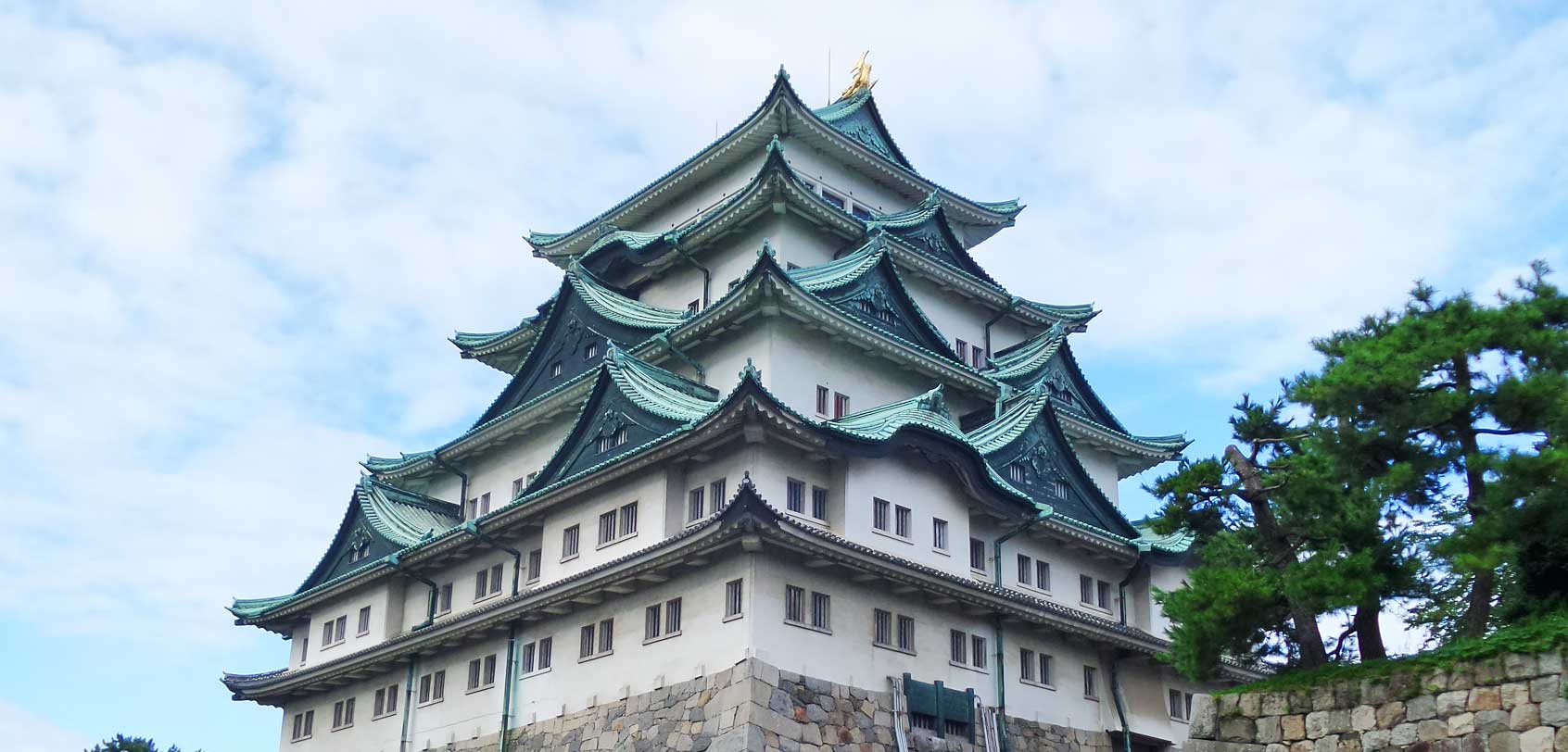
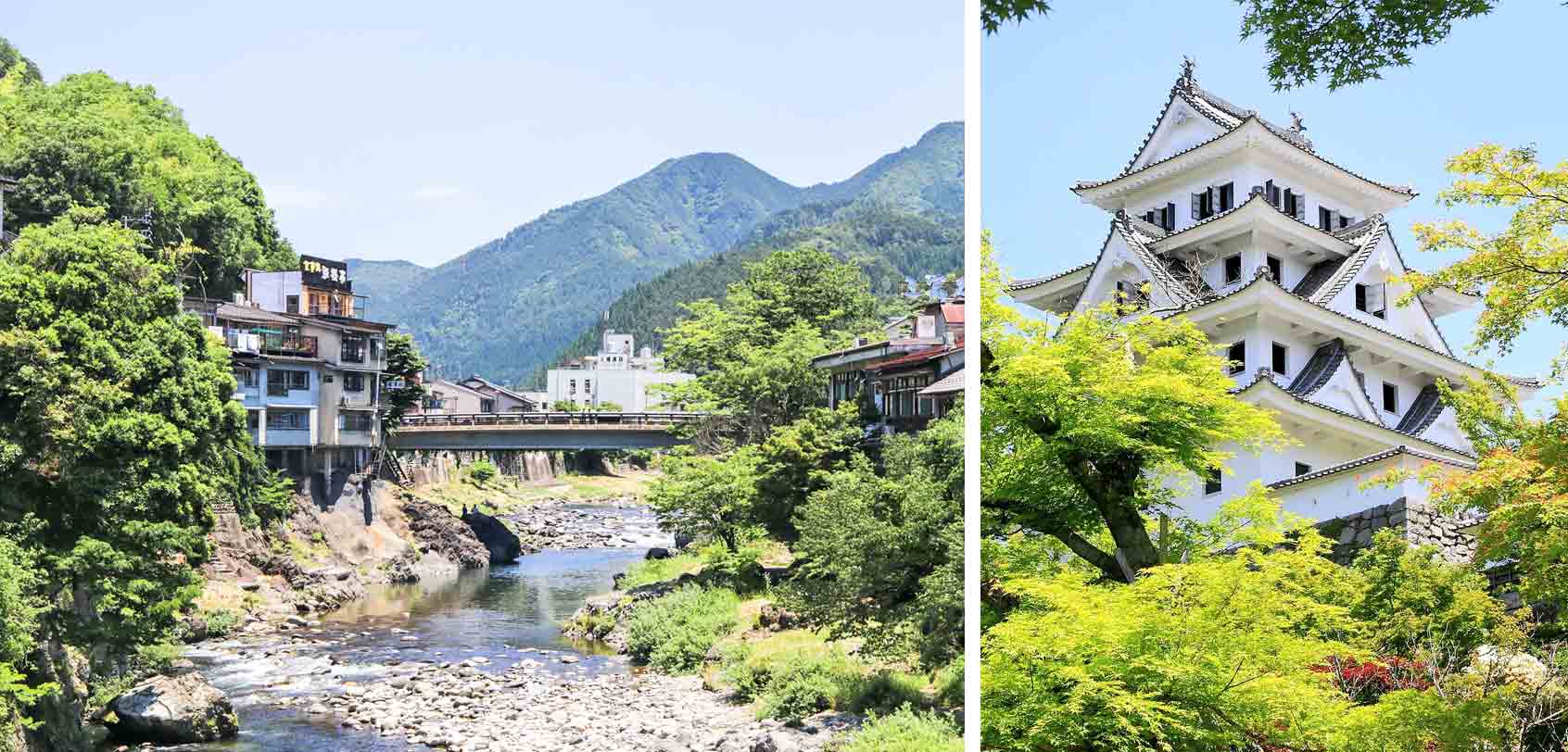


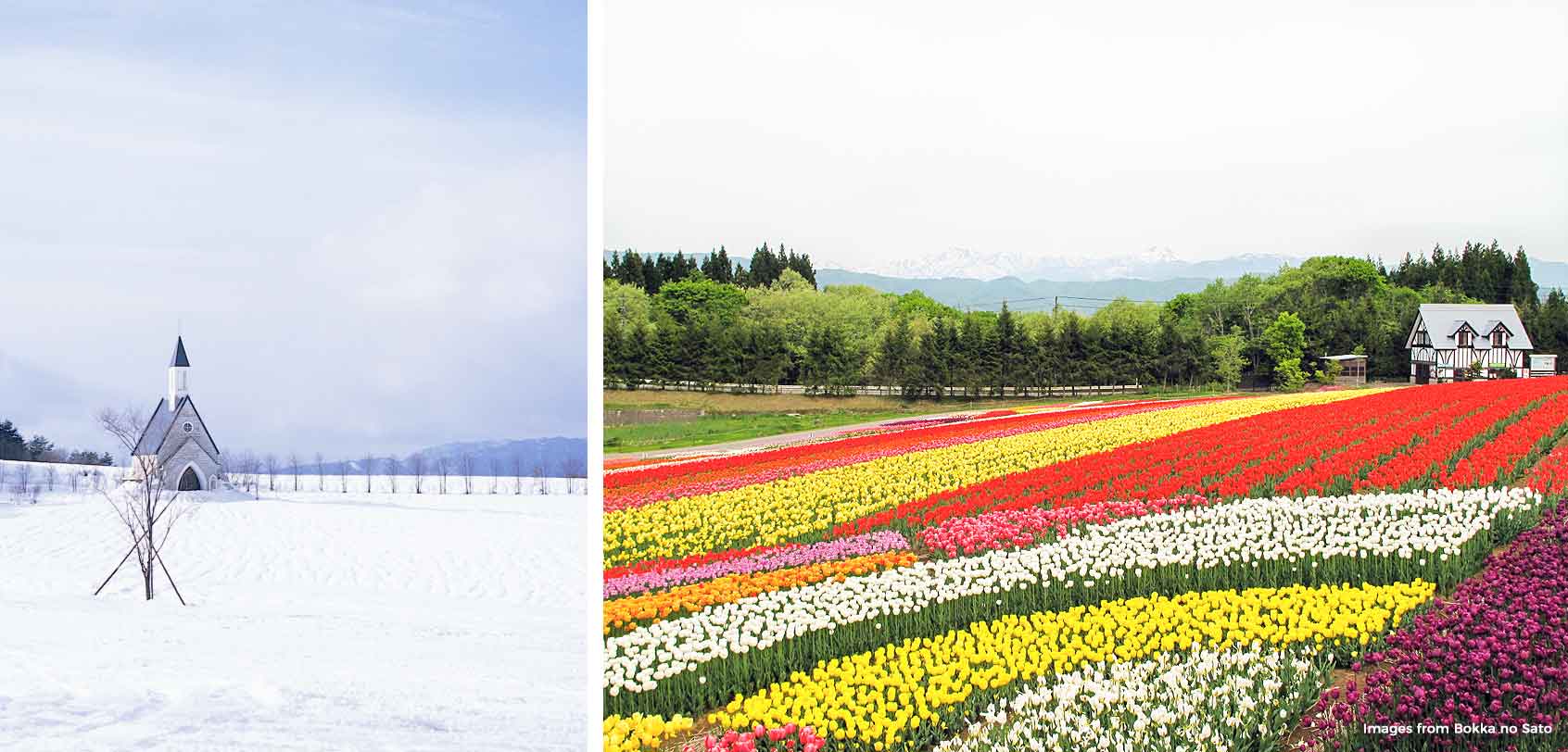
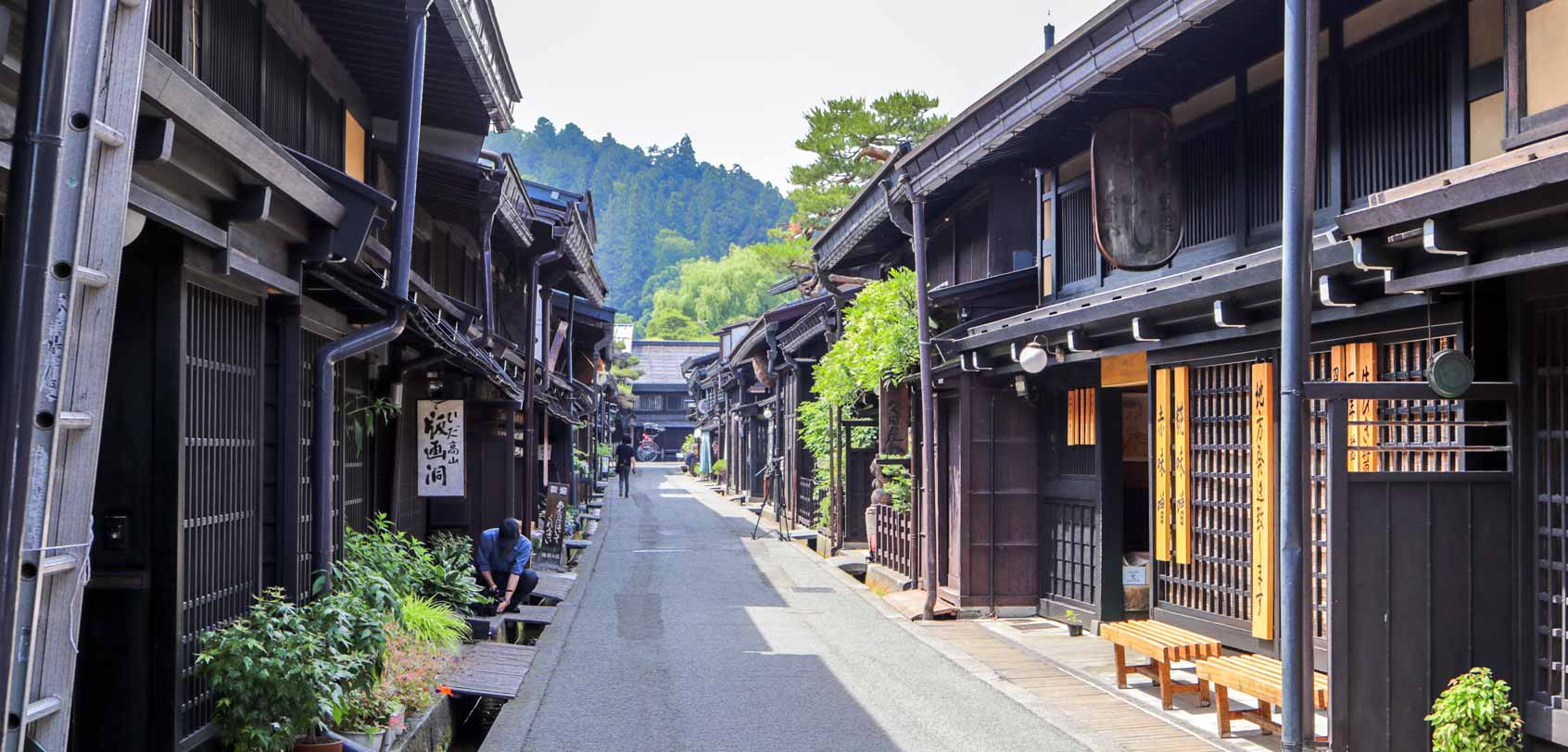
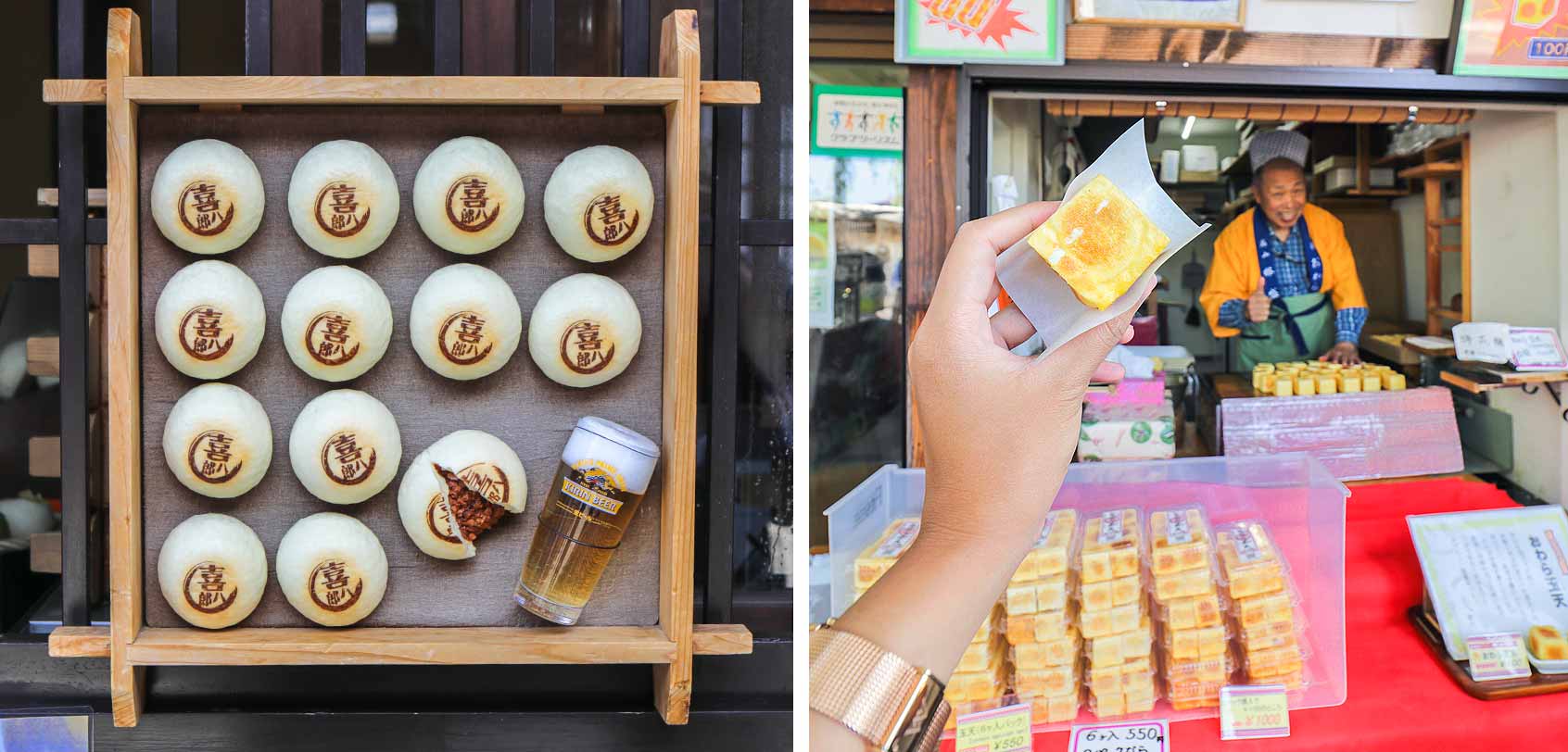
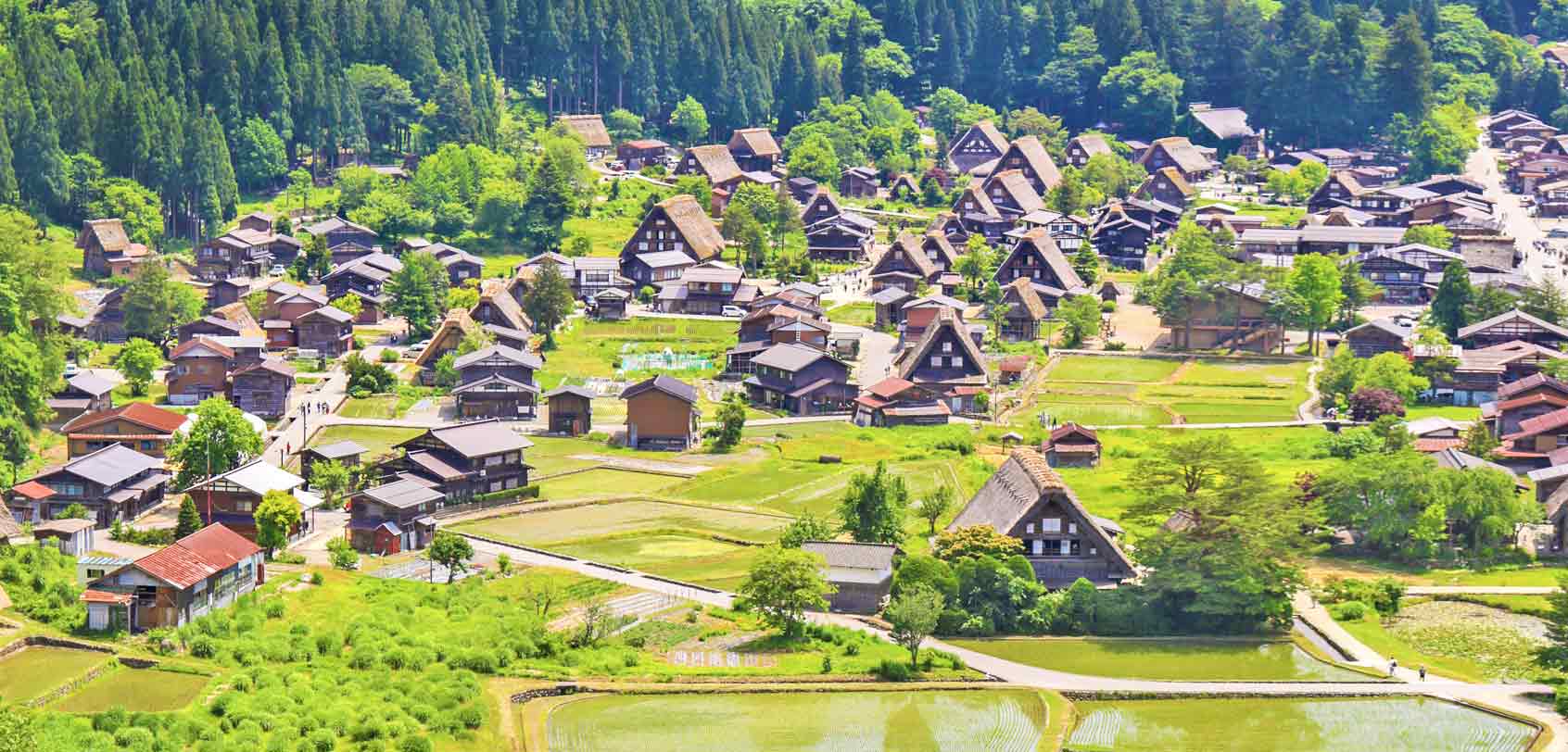
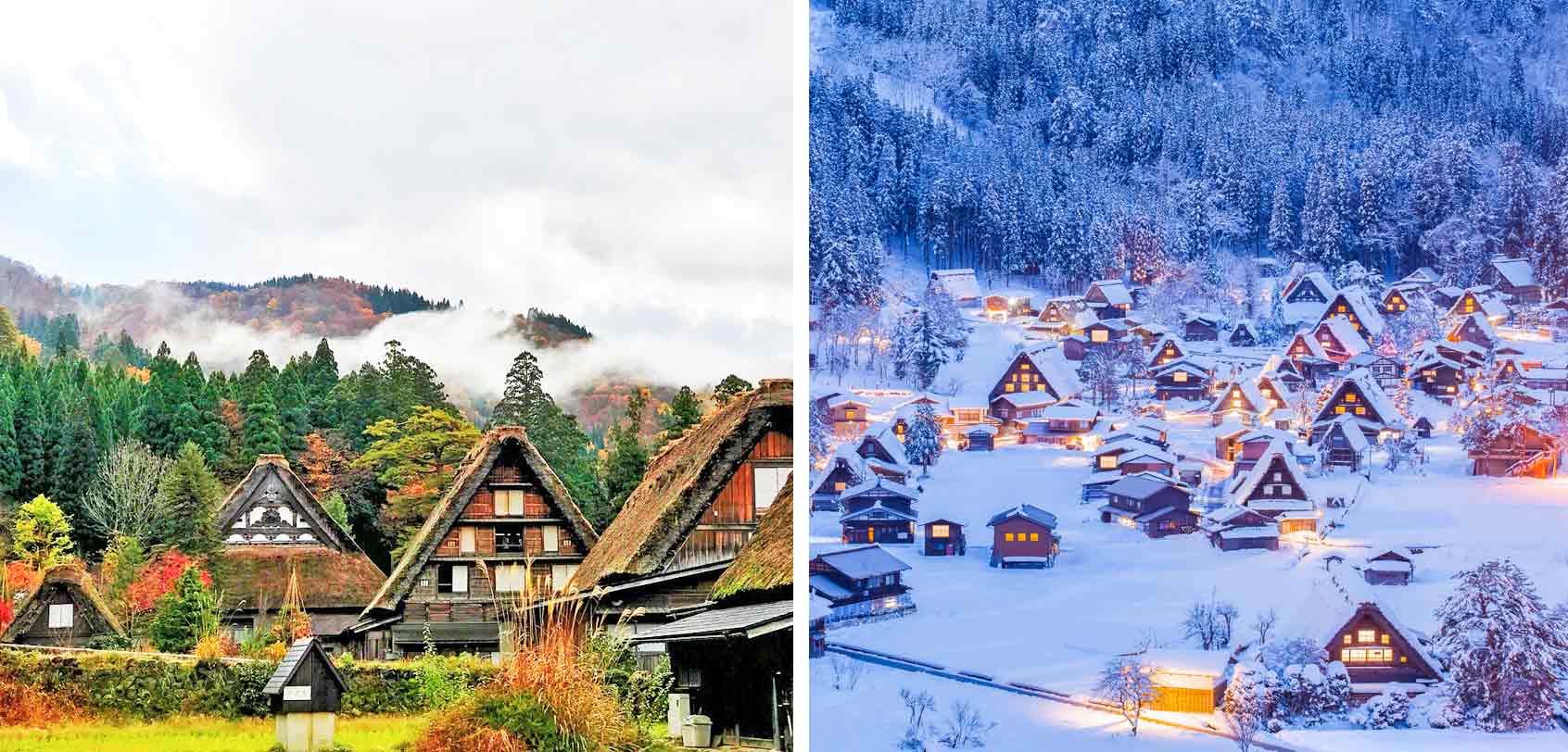

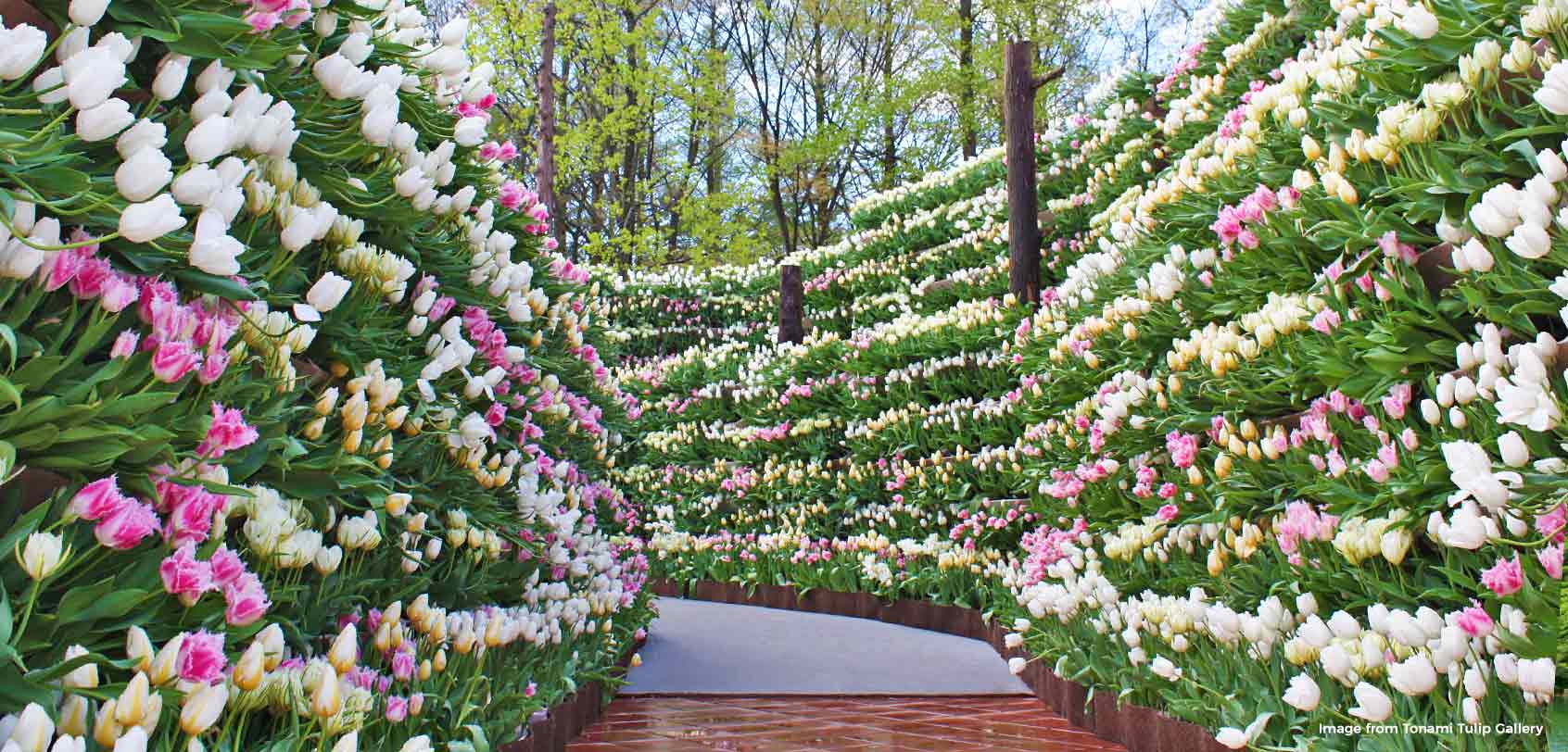
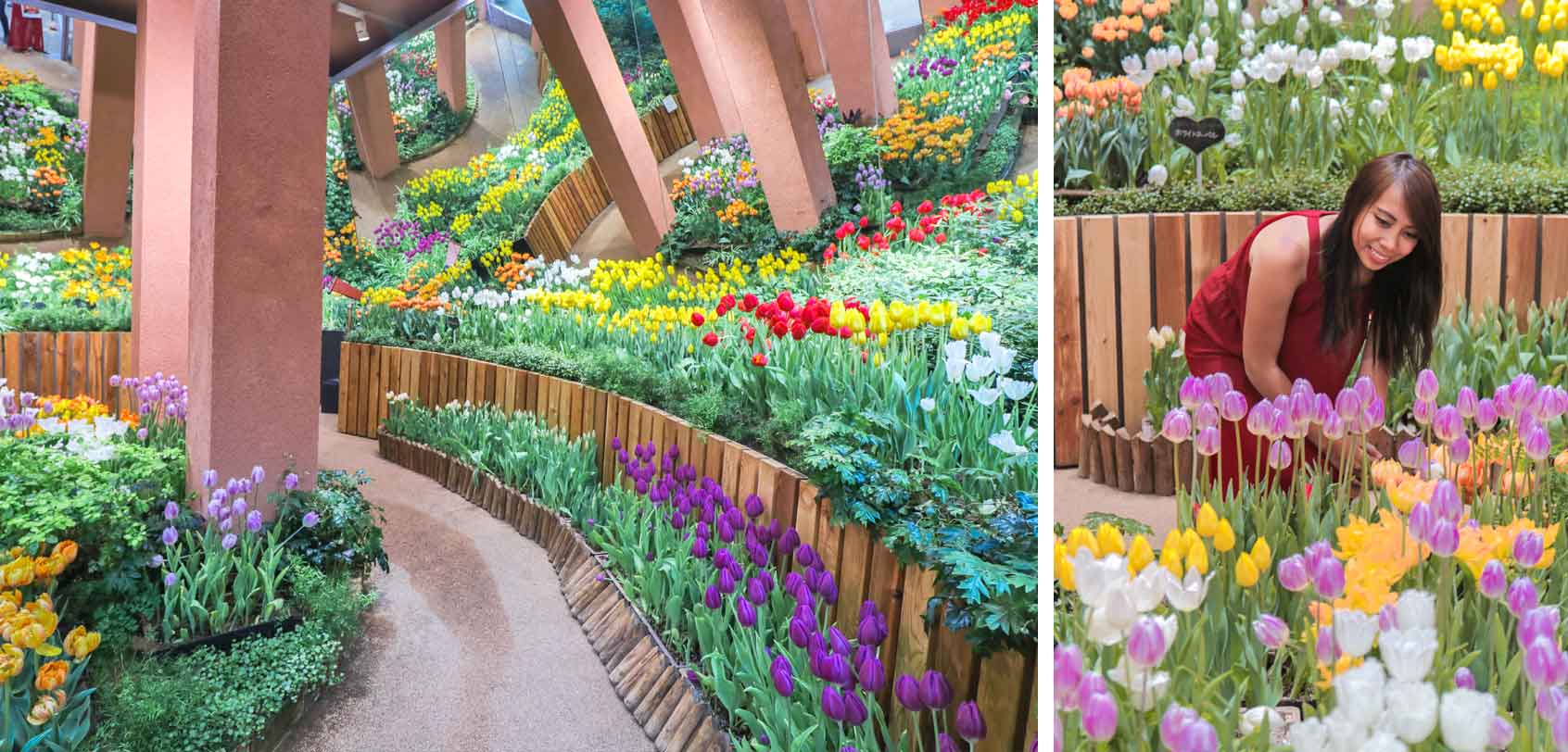
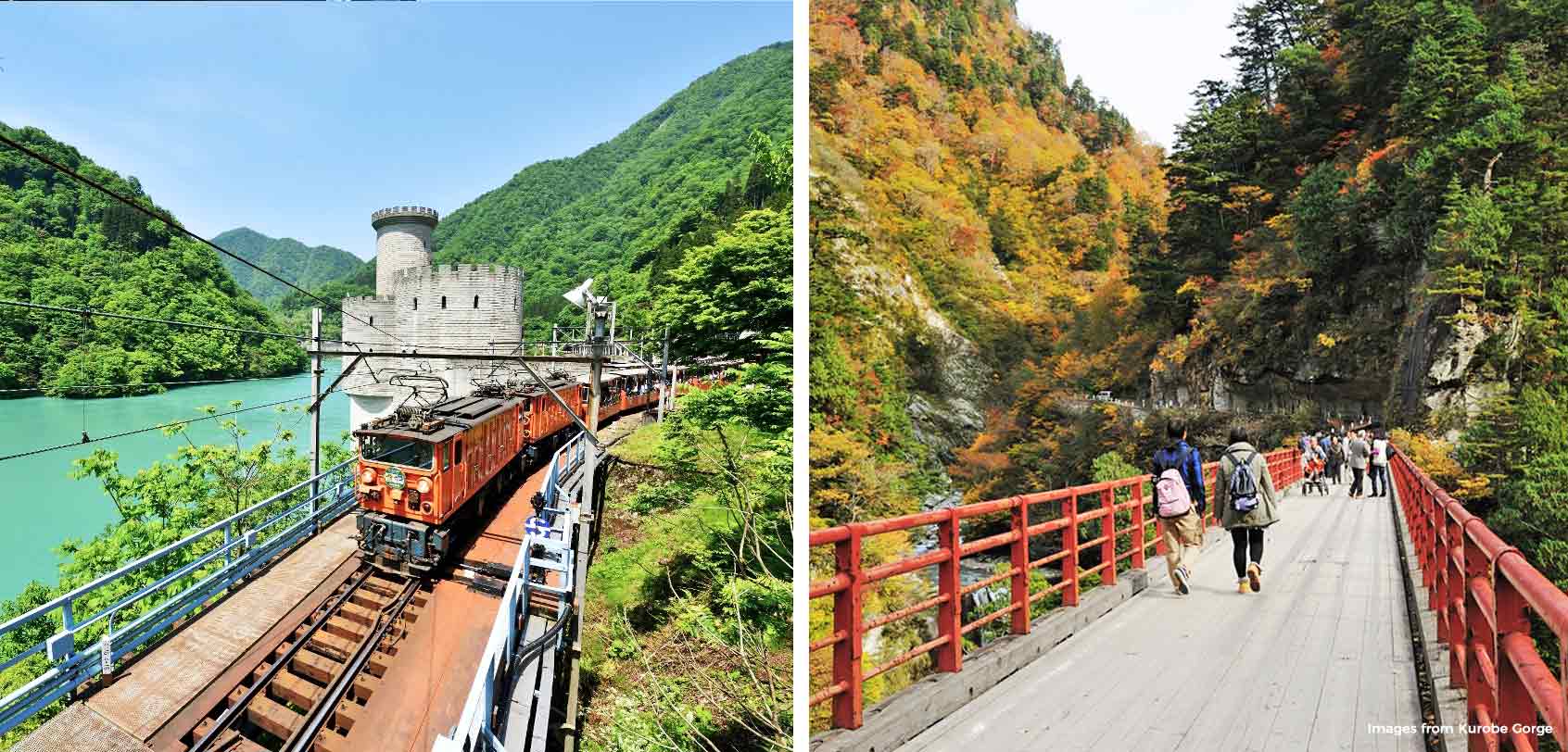
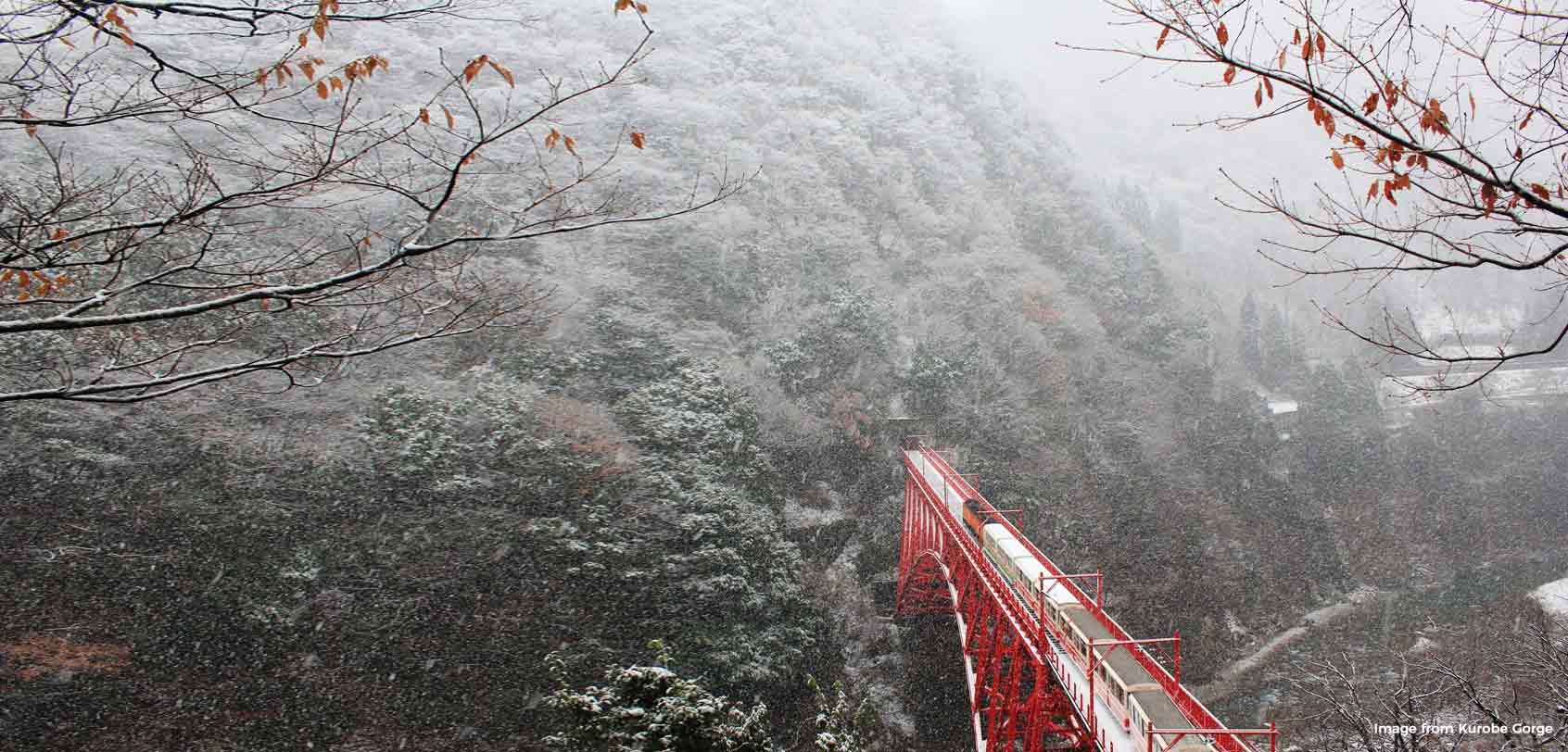
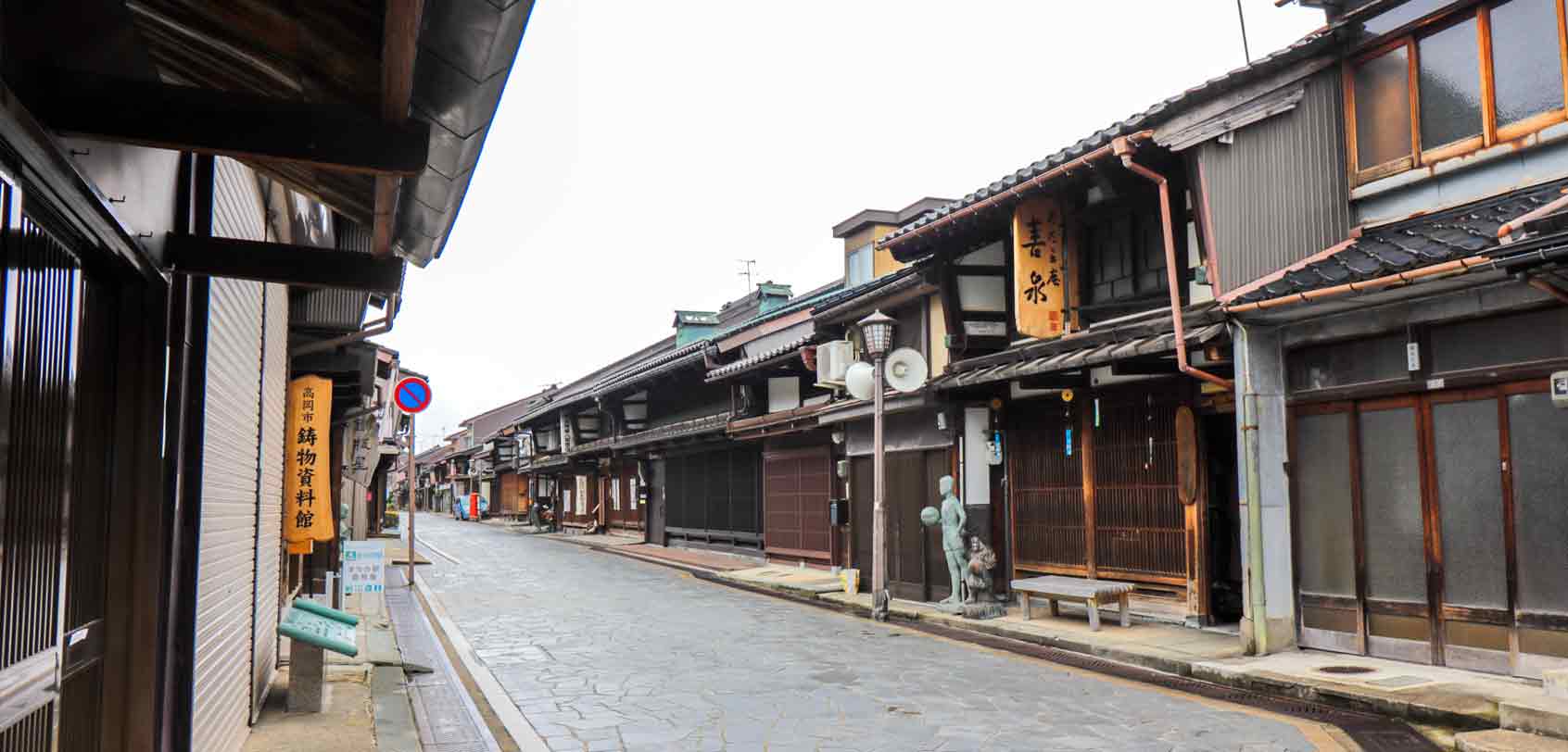
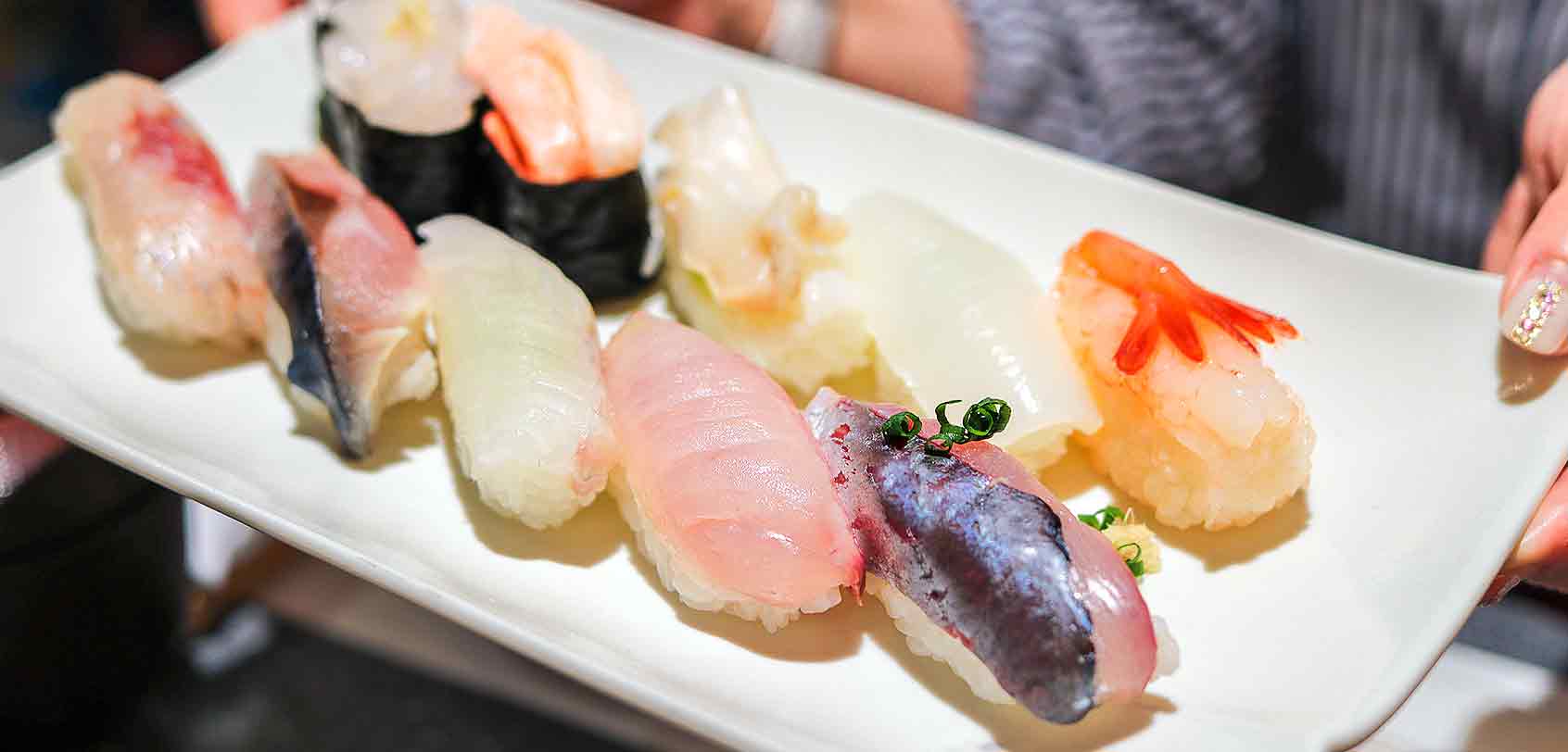
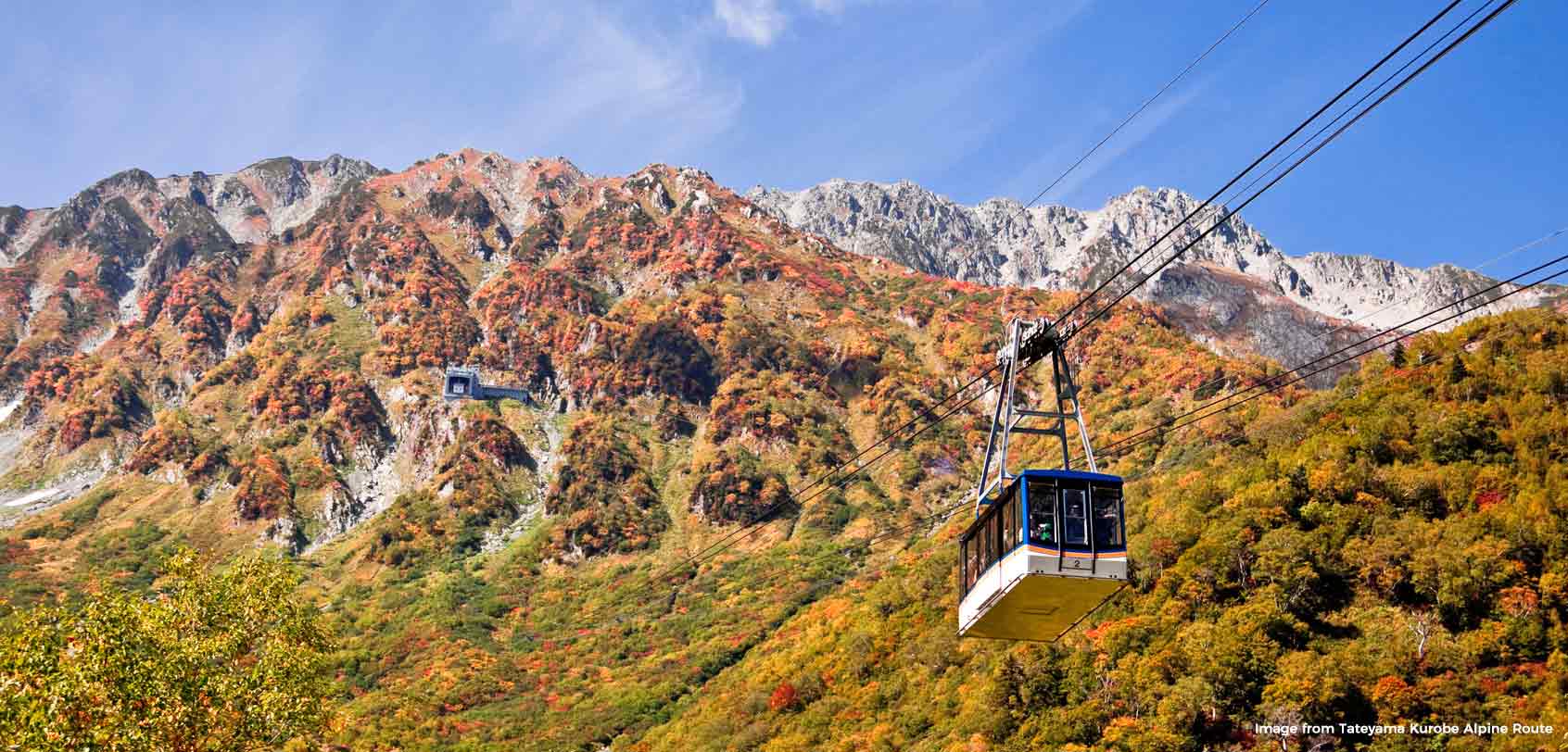
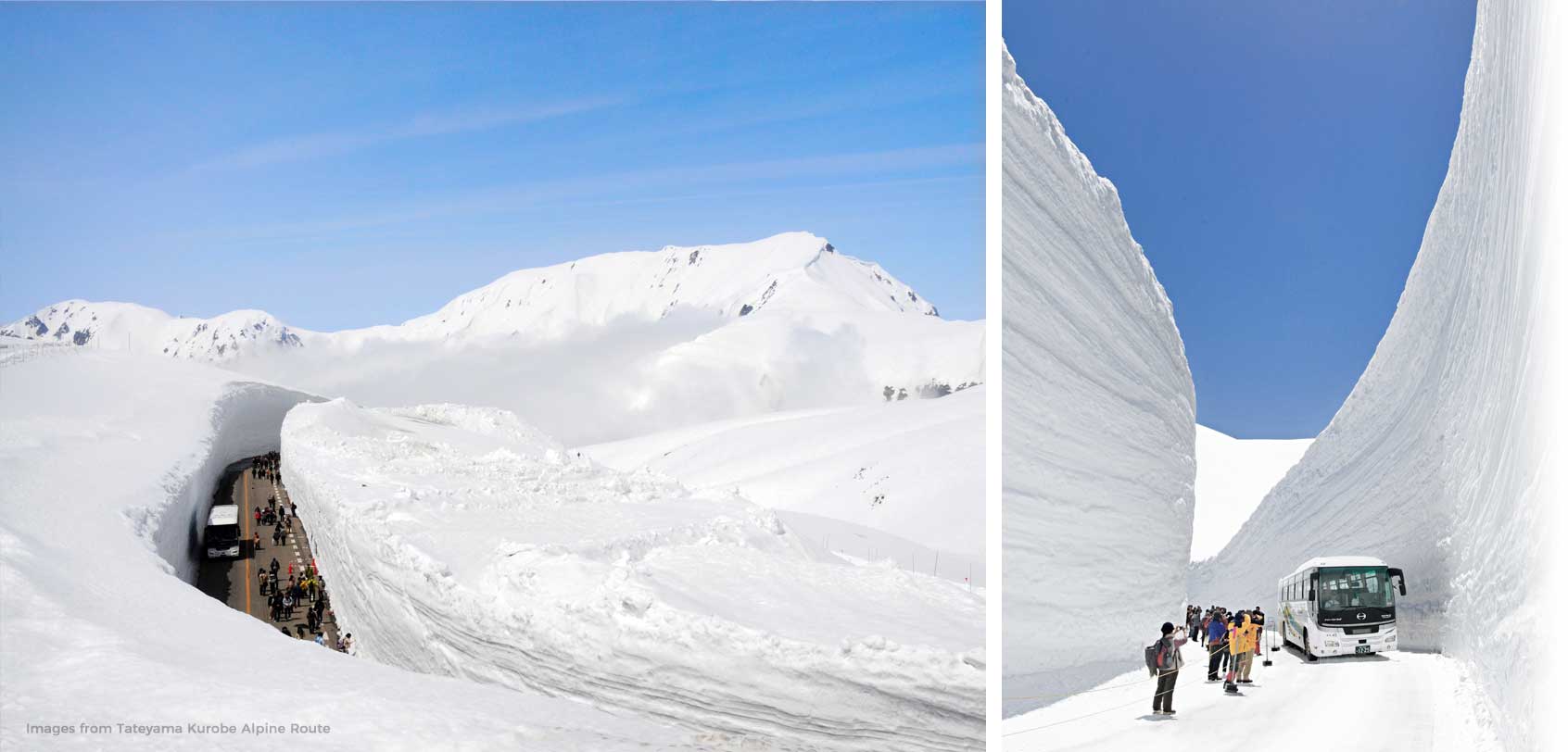
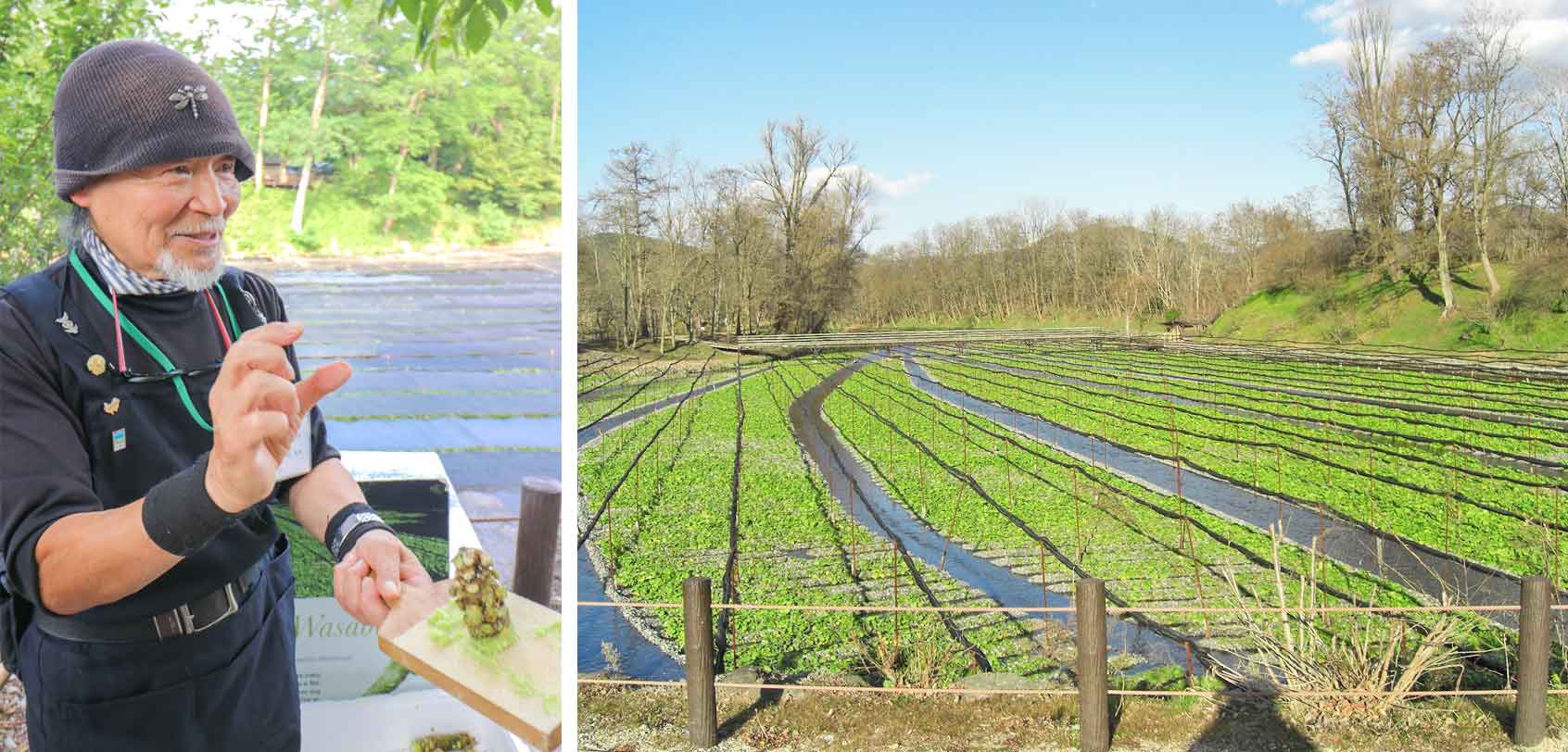
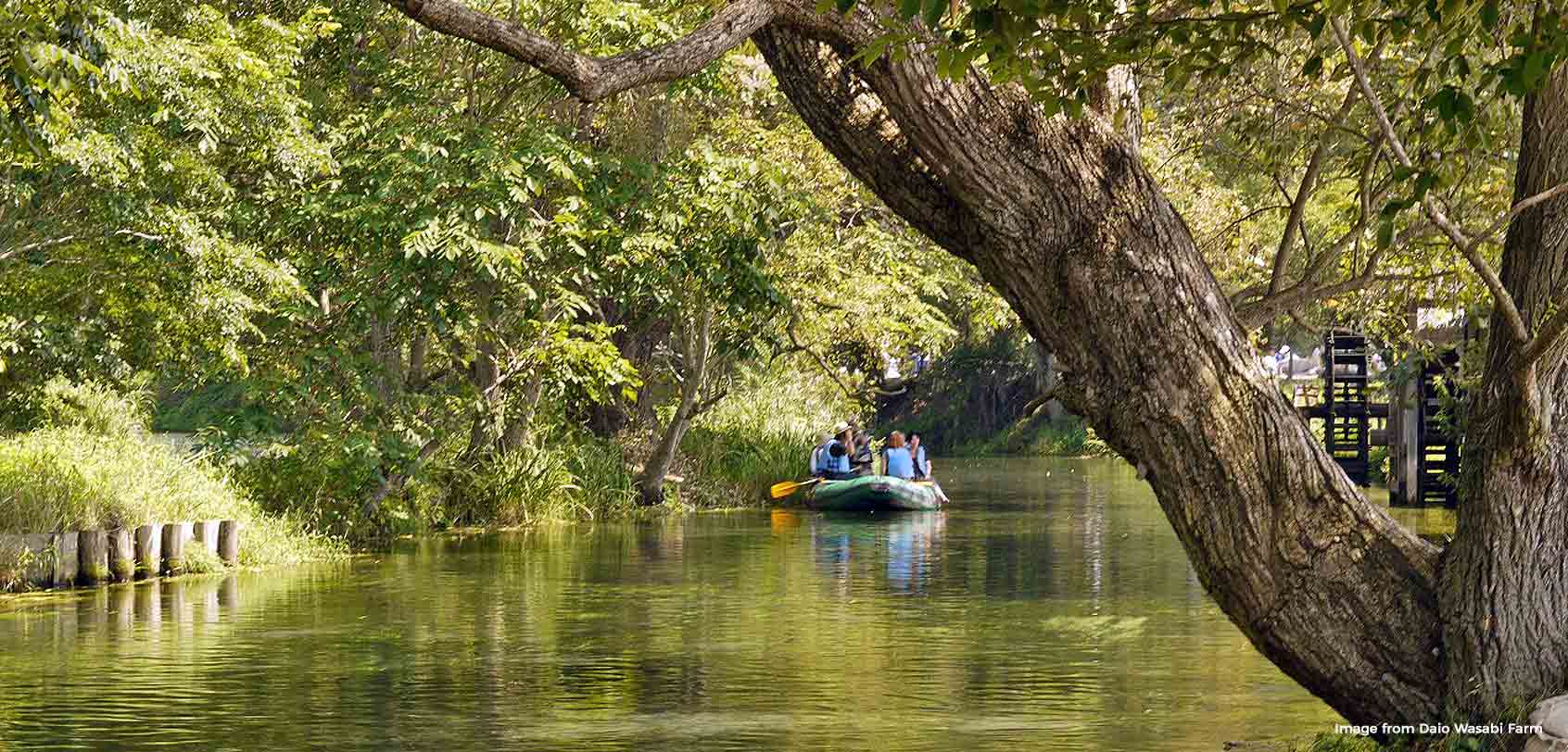


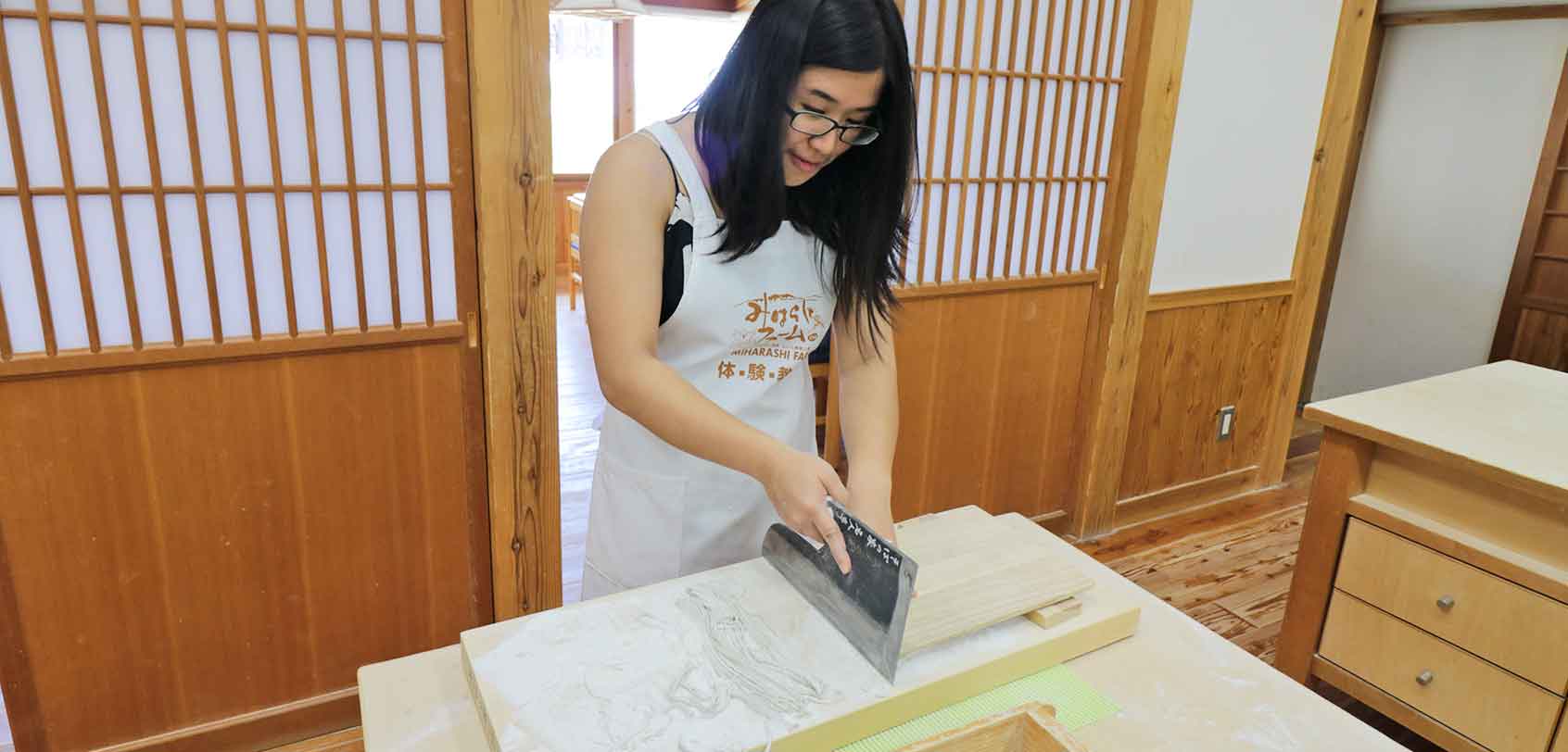
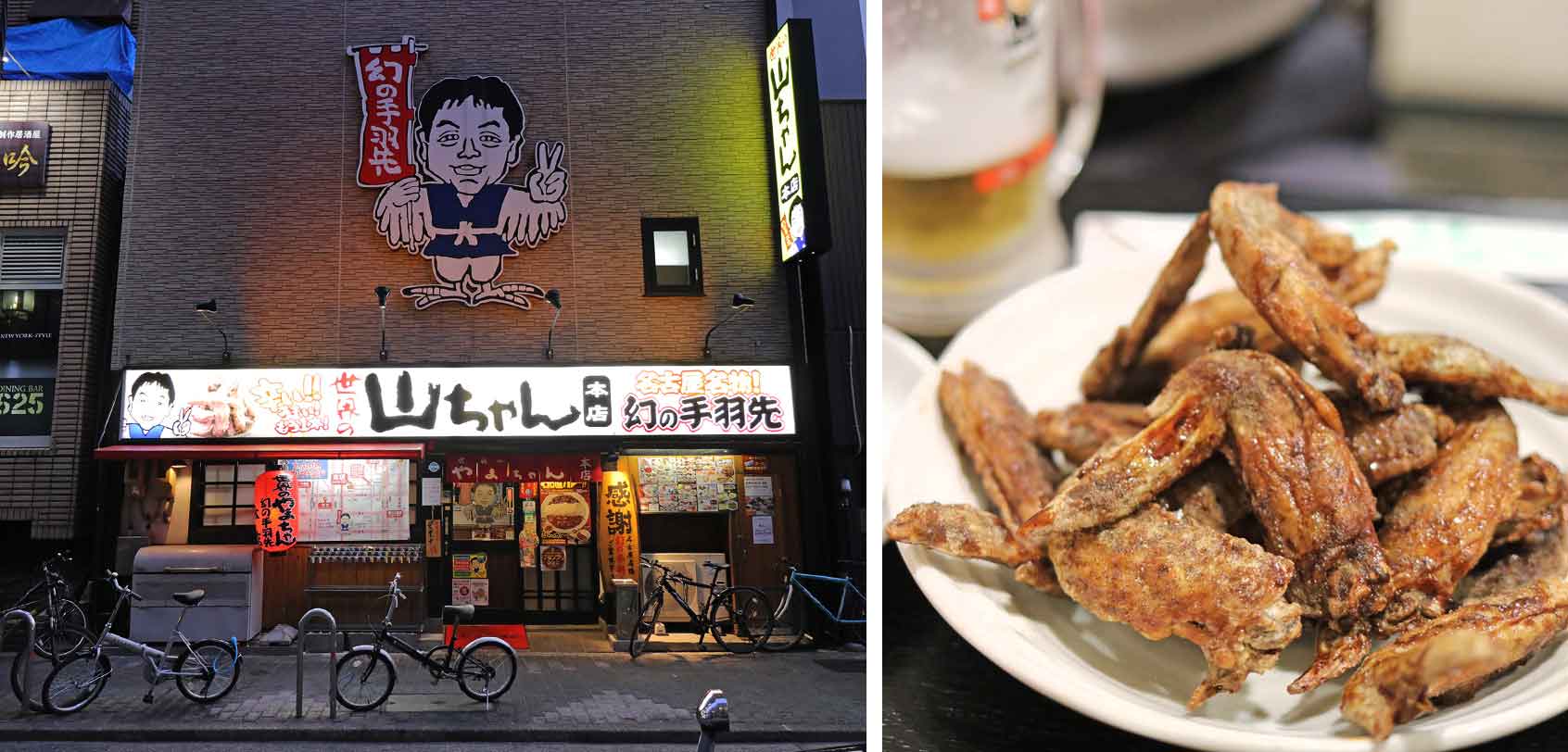
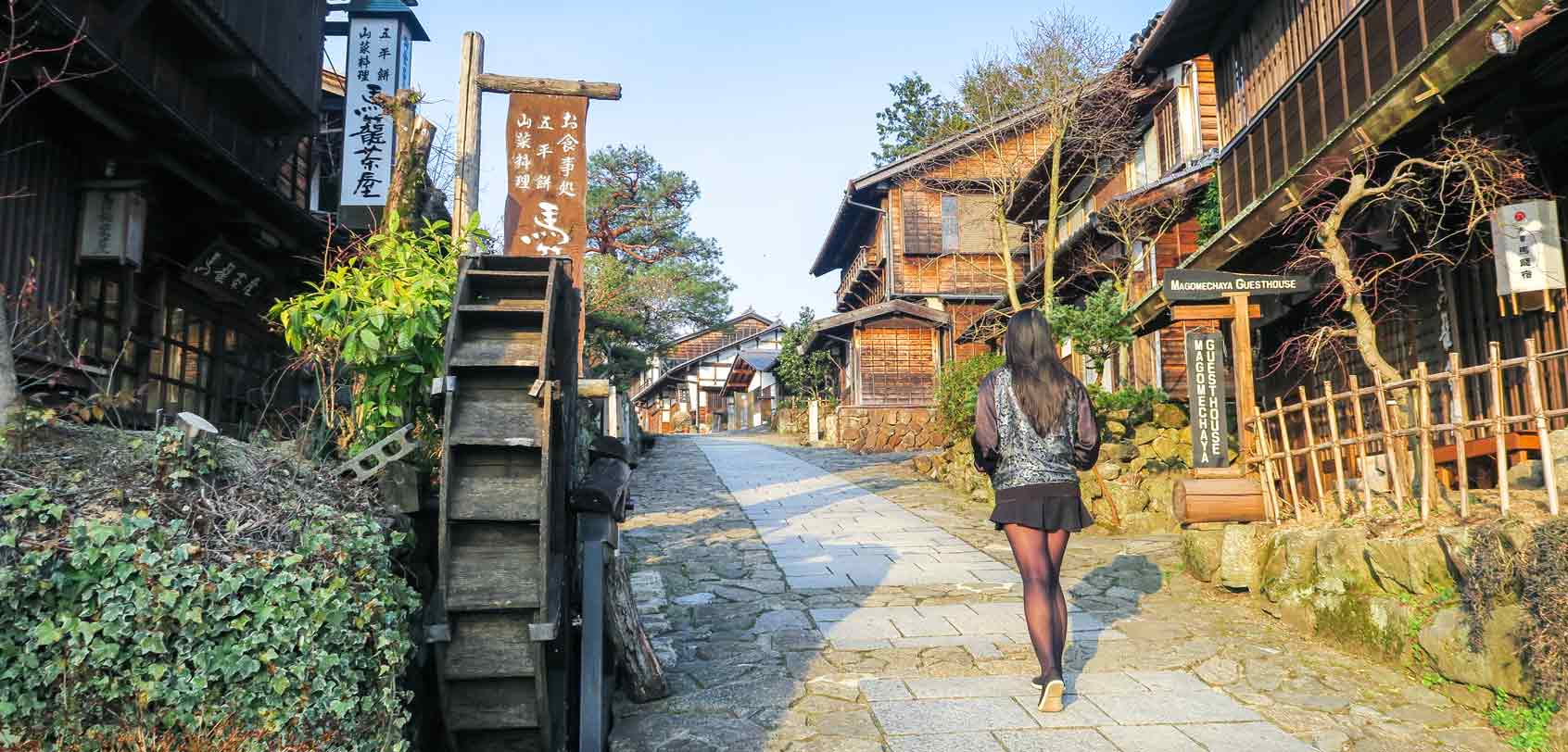
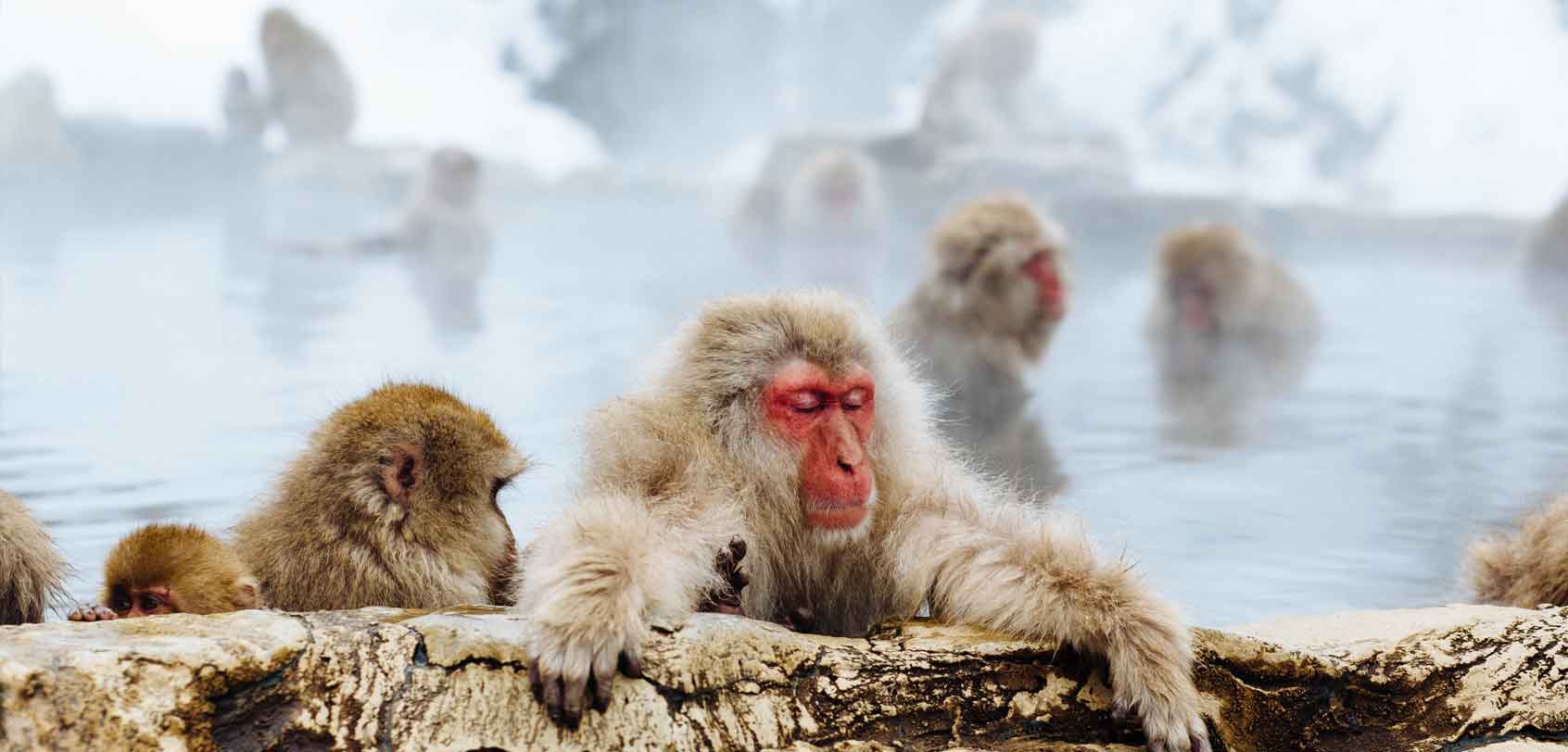
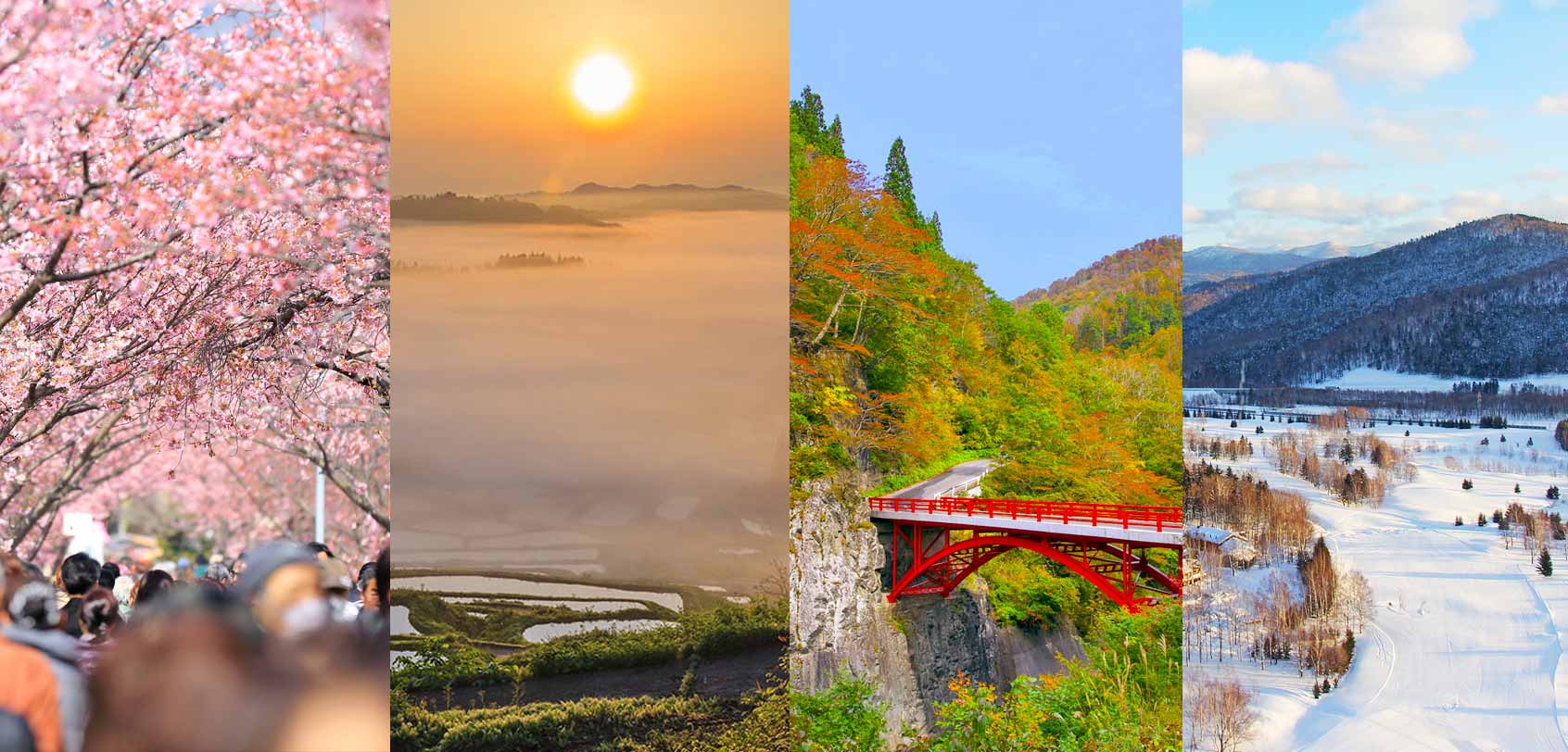




You have it all planned our for us! What a great adventure in just 5 days. Those tulips are so pretty. I would love to take some pictures in that garden. Beautiful. I hope we get to visit Japan one day
You’ll love it for sure!
This would be a dream trip for my daughter and me! What a beautiful location in Japan! I would never have known about this specific place!!
I really want to go now!
Flights are good now, Joely ;) Haha hope you get to come soon!
Wow, you really did some extensive research! I feel like I’ve learned so much from reading about Central Japan. I’ve never been to Japan but it is on my bucket list. Central Japan has so much culture and history – can’t wait to visit.
I hope you do! I fell in love with this region <3
It’s been a dream of mine to travel to Japan (probably rooted from a lifetime of watching anime). Some top things I would want to do from this list would be going to the Higashi Chaya District to a teahouse. Ever since reading Memoirs of a Geisha I’ve been fascinated by geishas. I would have to visit Jigokudani Monkey Park. They are too cute! Although I don’t know that I could do it during the recommend season because I’d be way too cold. Shrines in Japan are so stunning, and I’d love to visit Atsuta Shrine. Of course I’d have to grab some yakisoba in Japan. It’s one of my favorite meals!
I fell in love with Japan mostly because of watching anime too :P Haha! Glad to meet a fellow anime-lover.
Hope you get to do all of this, Chasity!
Wow. Your pictures are stunning. I was stationed in Okinawa, Japan and have flown through the Narita airport. Many people don’t realize how beautiful Japan can be and the different seasons. Most just think it’s a busy city with lots of traffic and there are so many parts that are gorgeous!!! You gave so much detail. I feel like I could book a trip now and not miss a step.
I know what you mean! A lot of people I know think that Tokyo = Japan haha but not really! I’m glad you feel the same way. And I hope you can travel to Japan again!